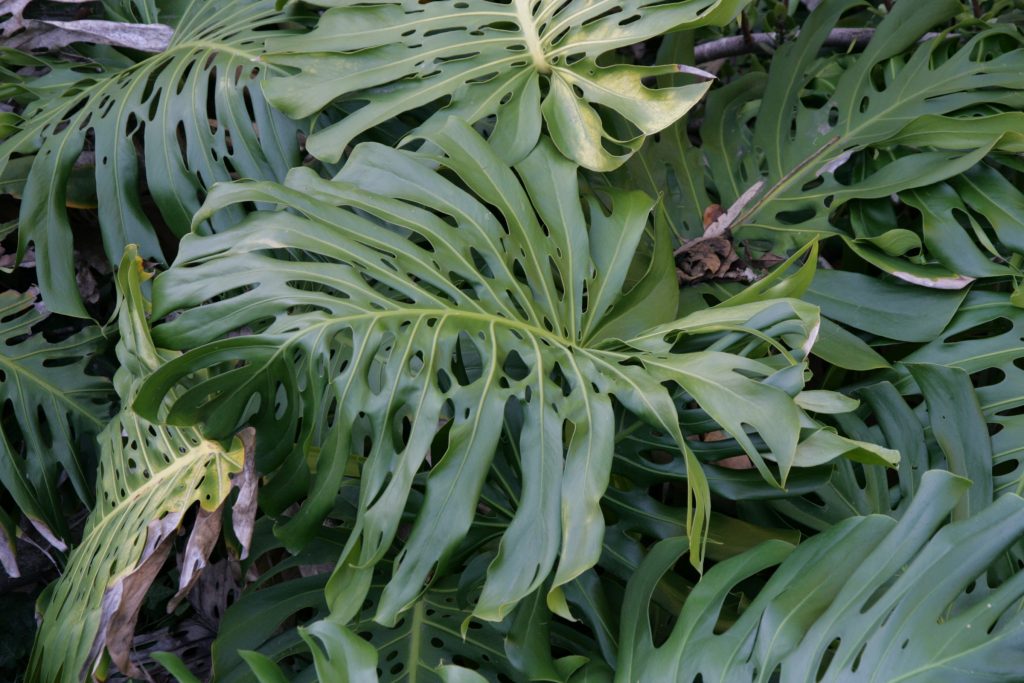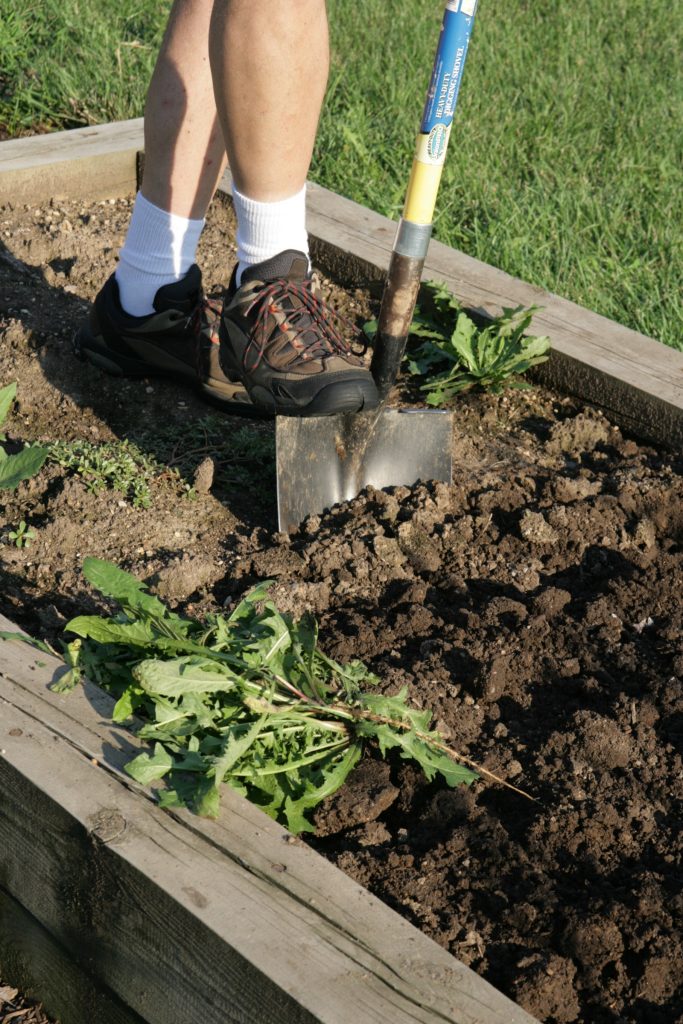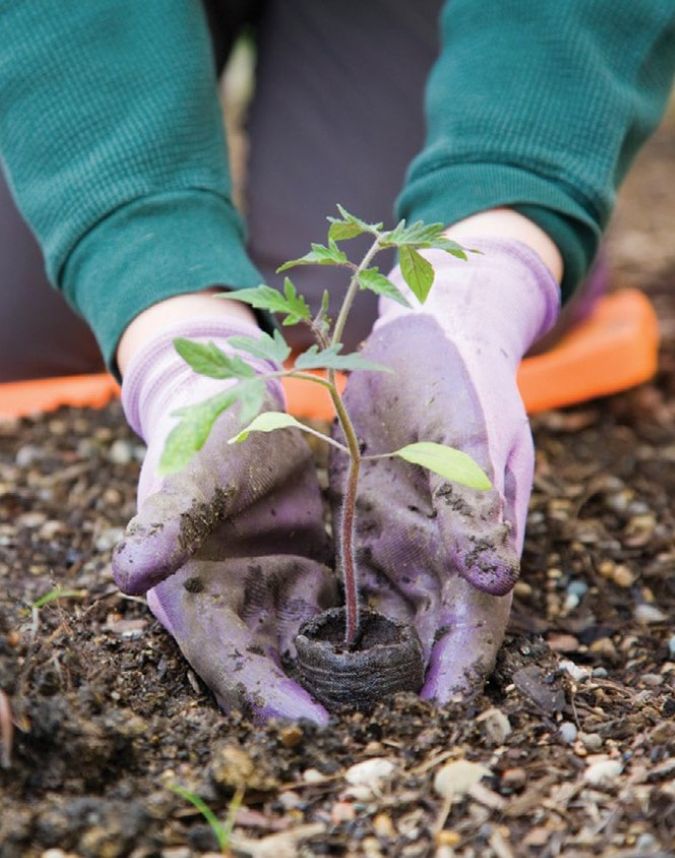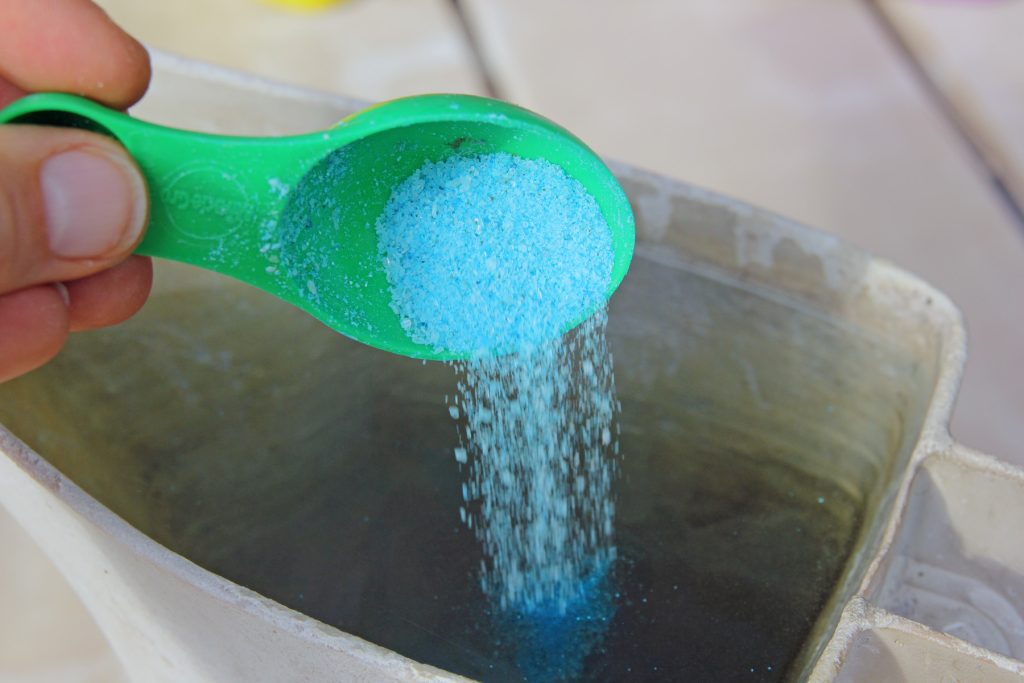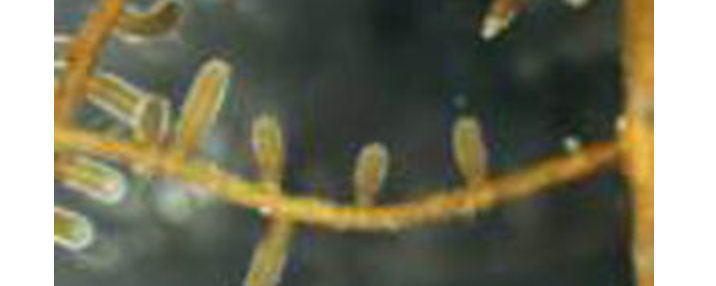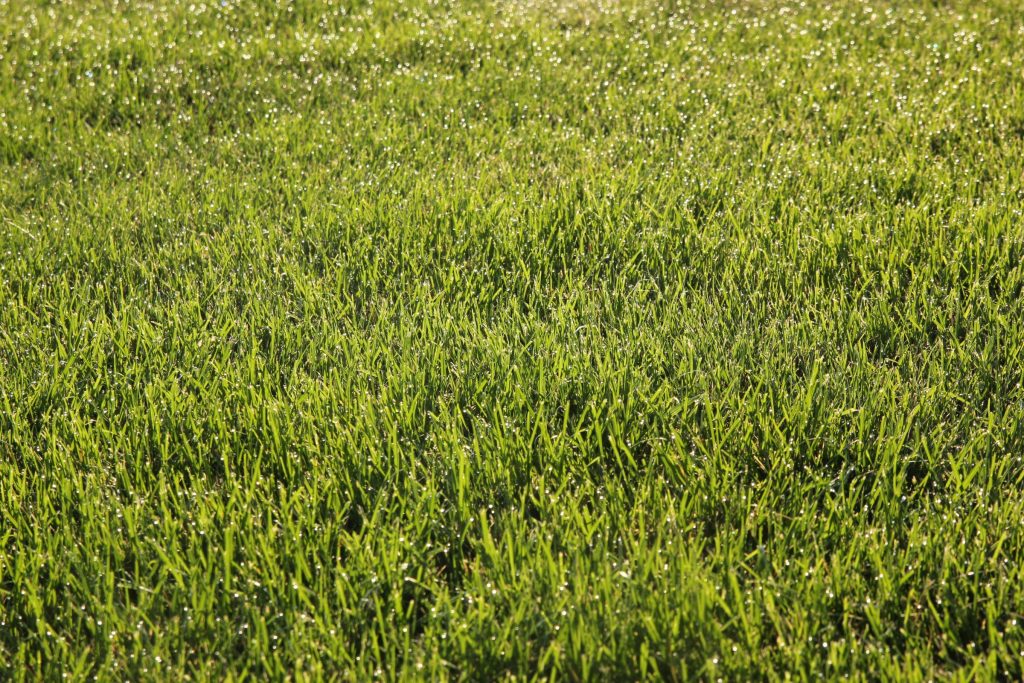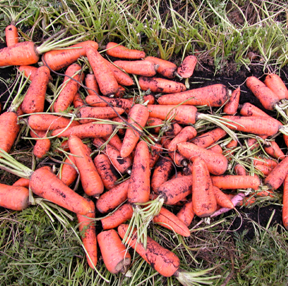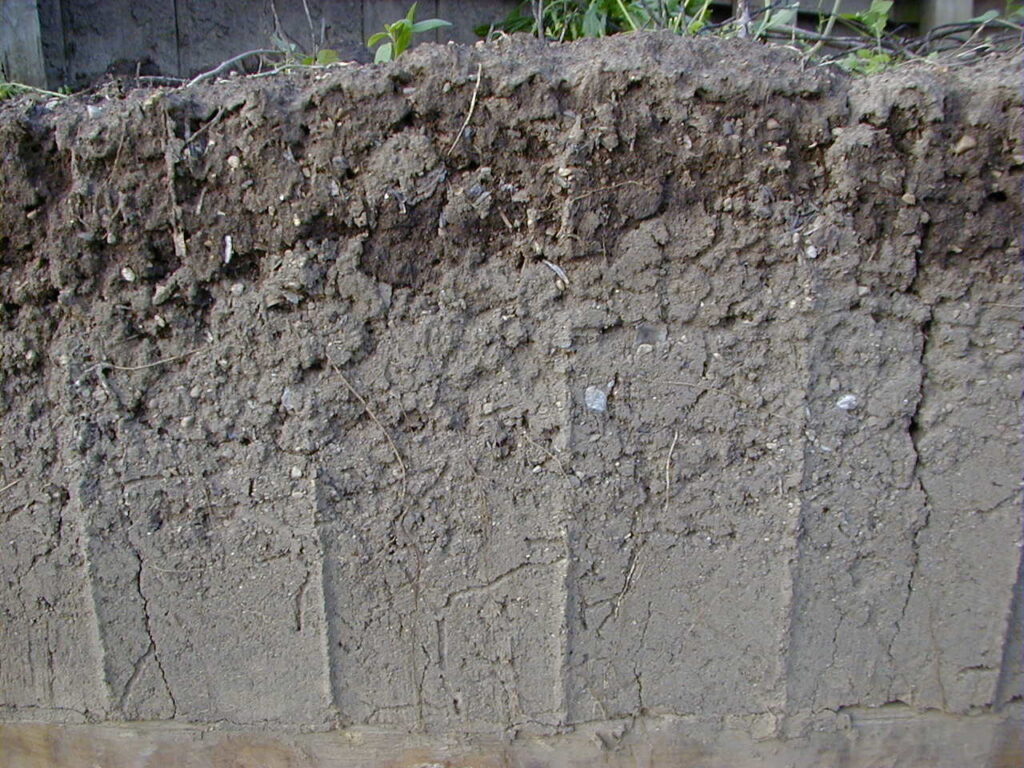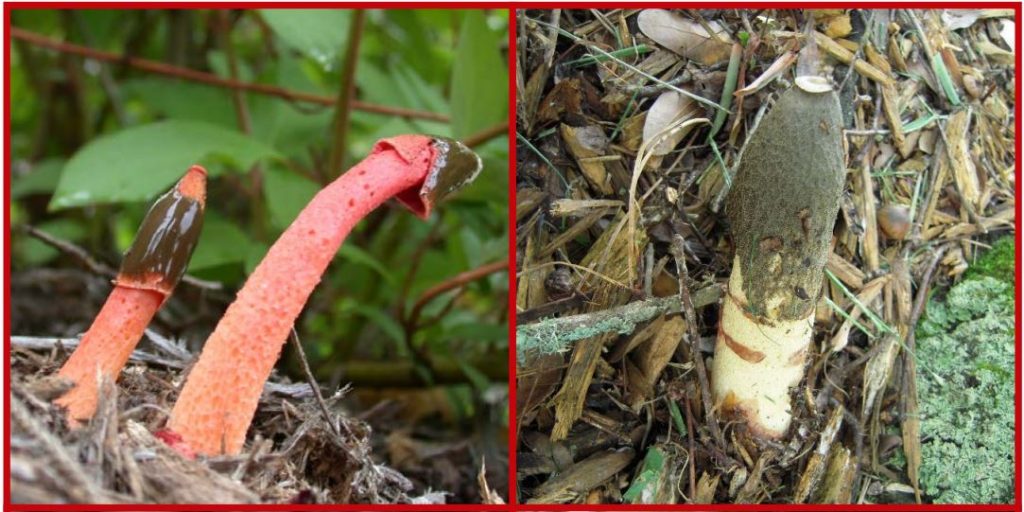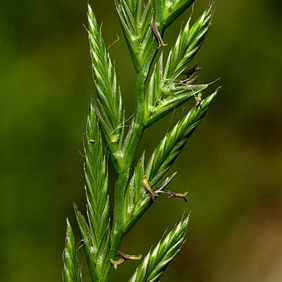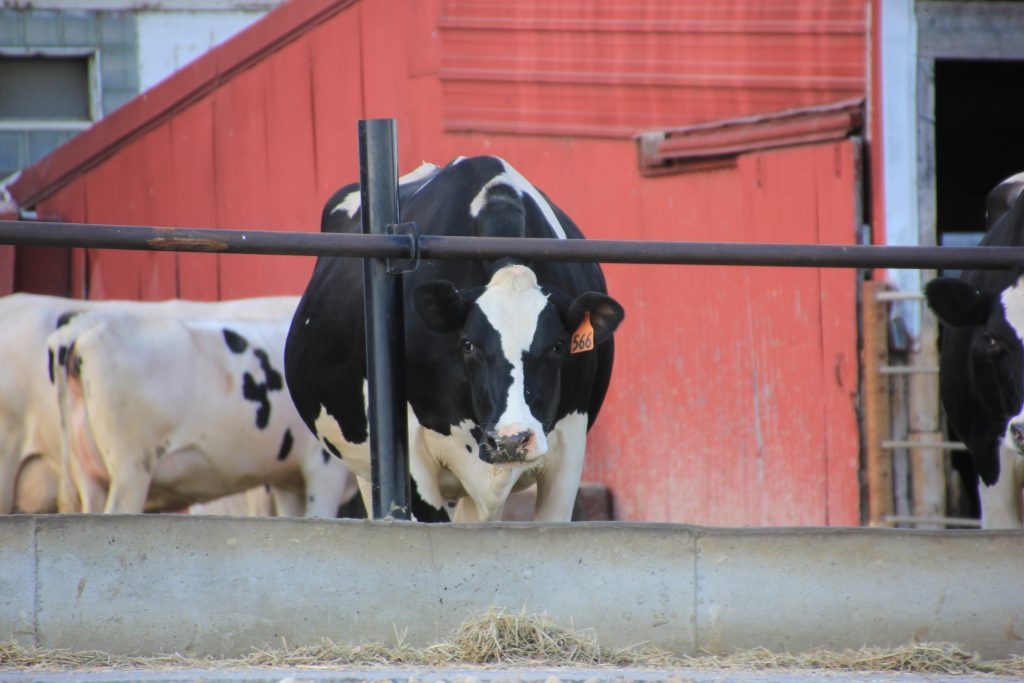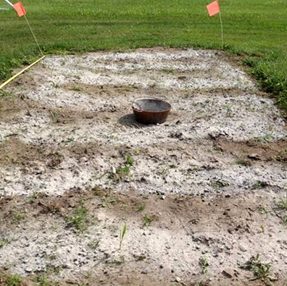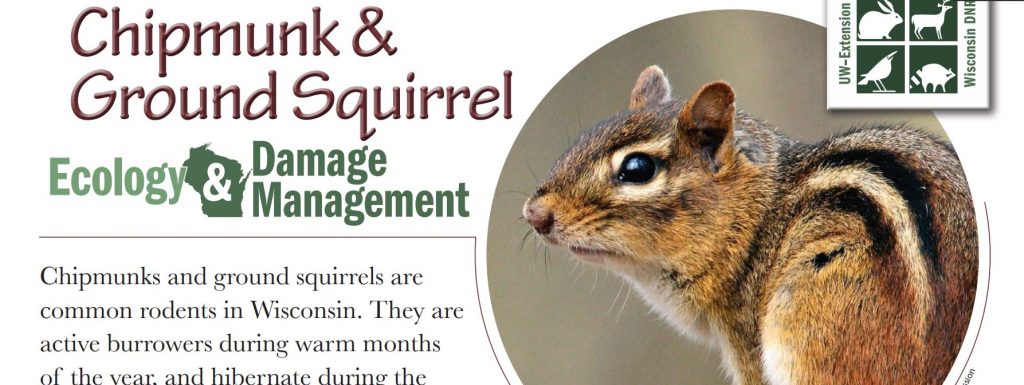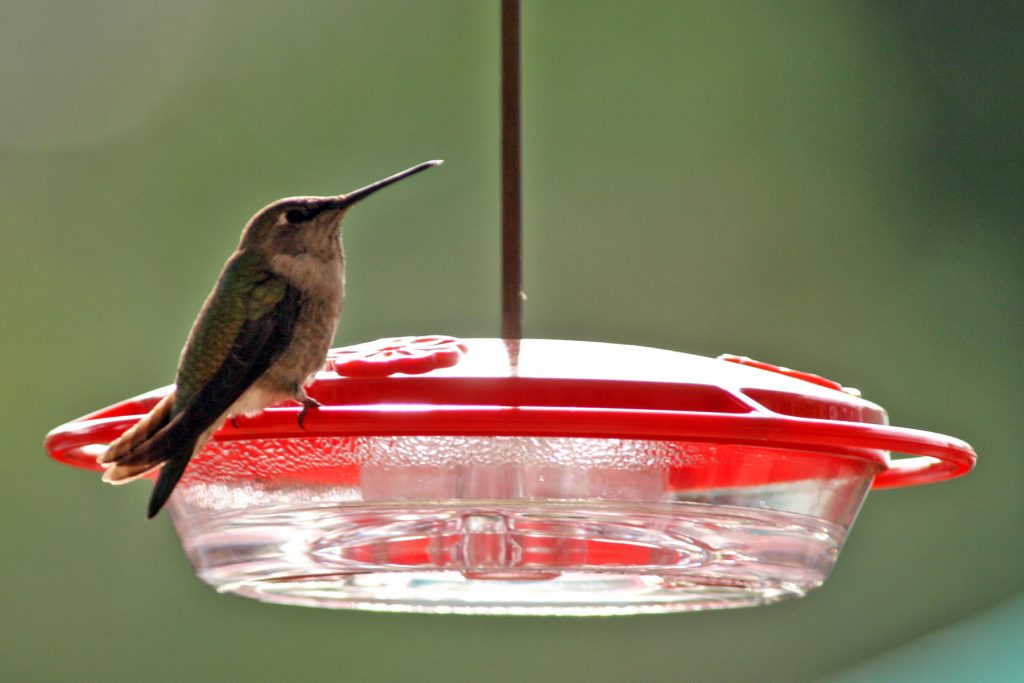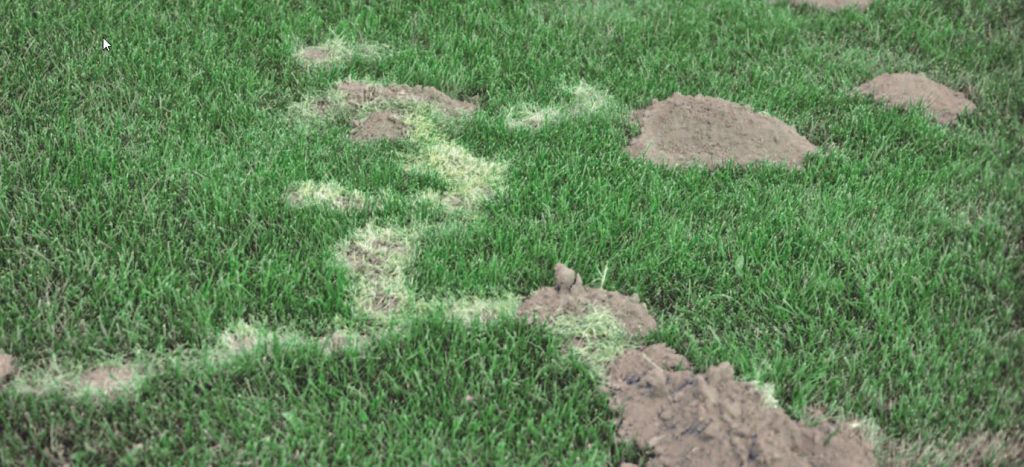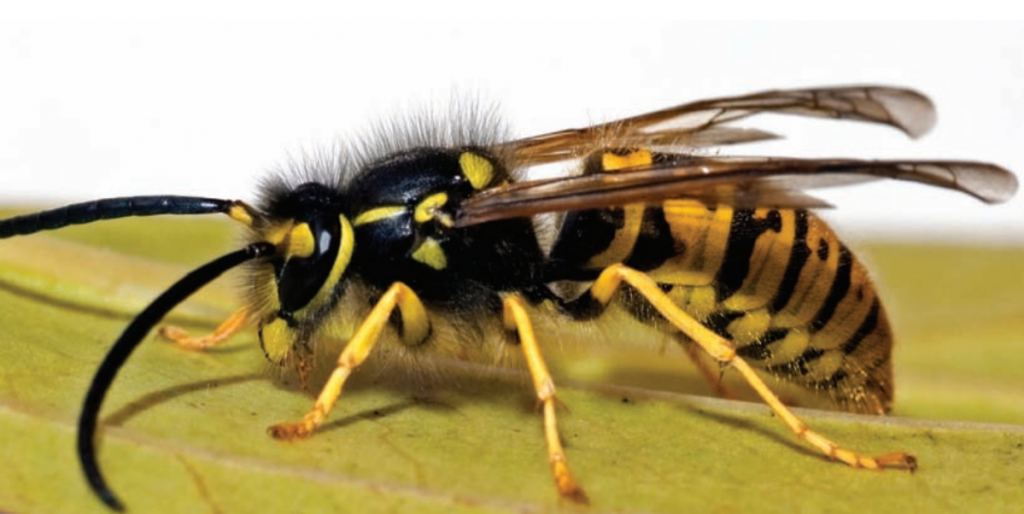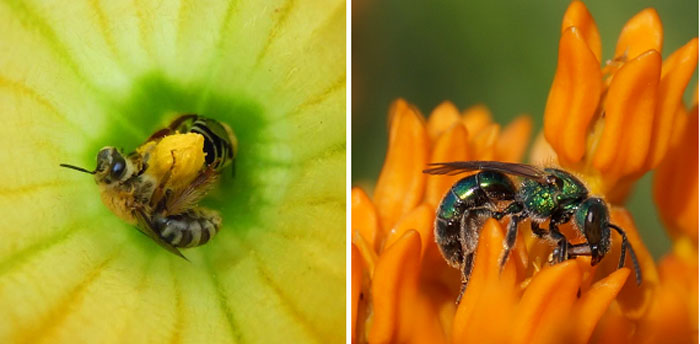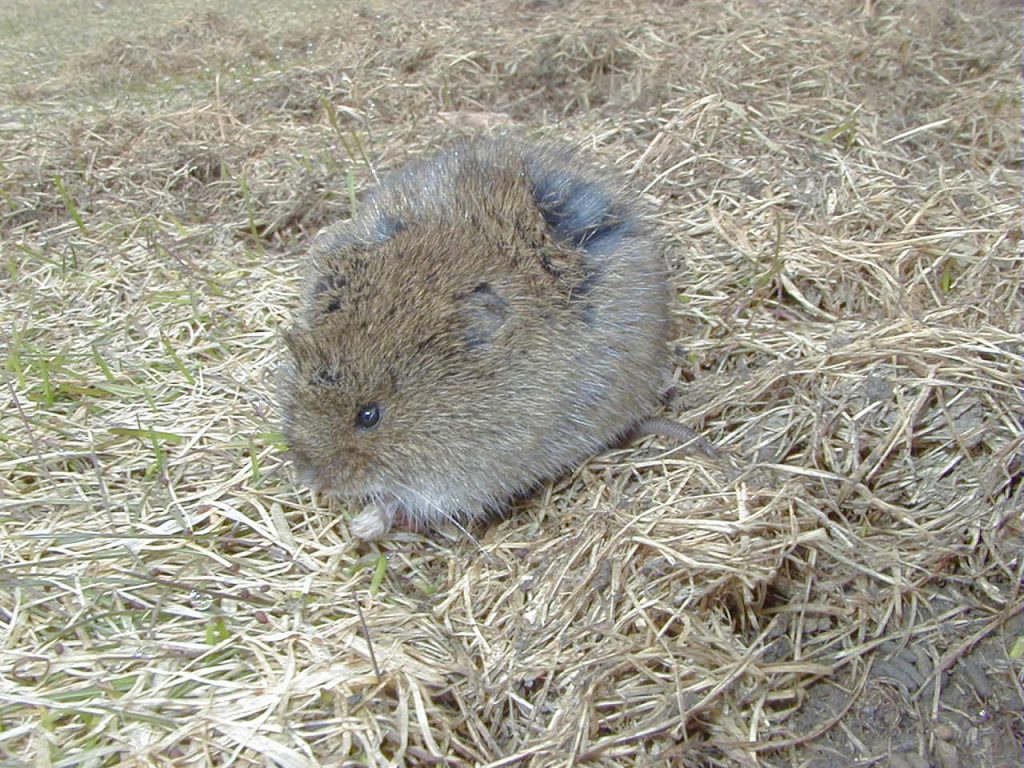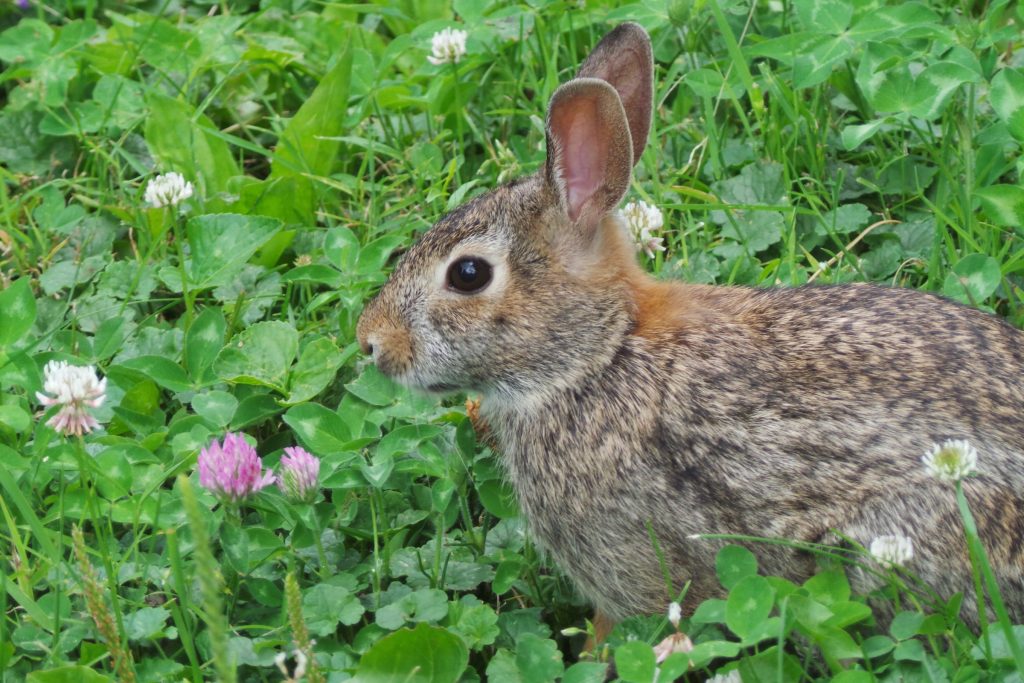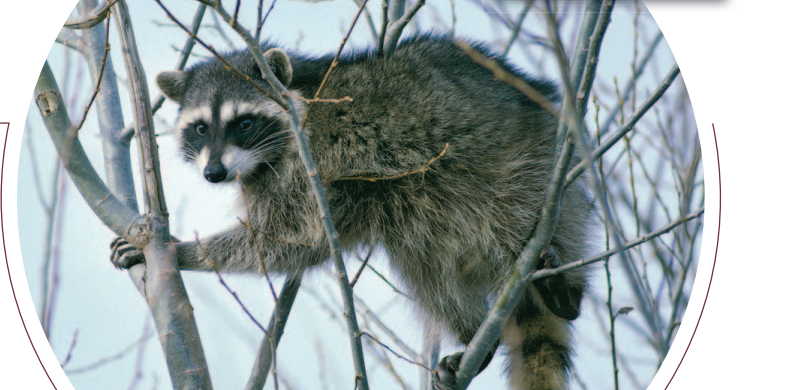Other Important Topics

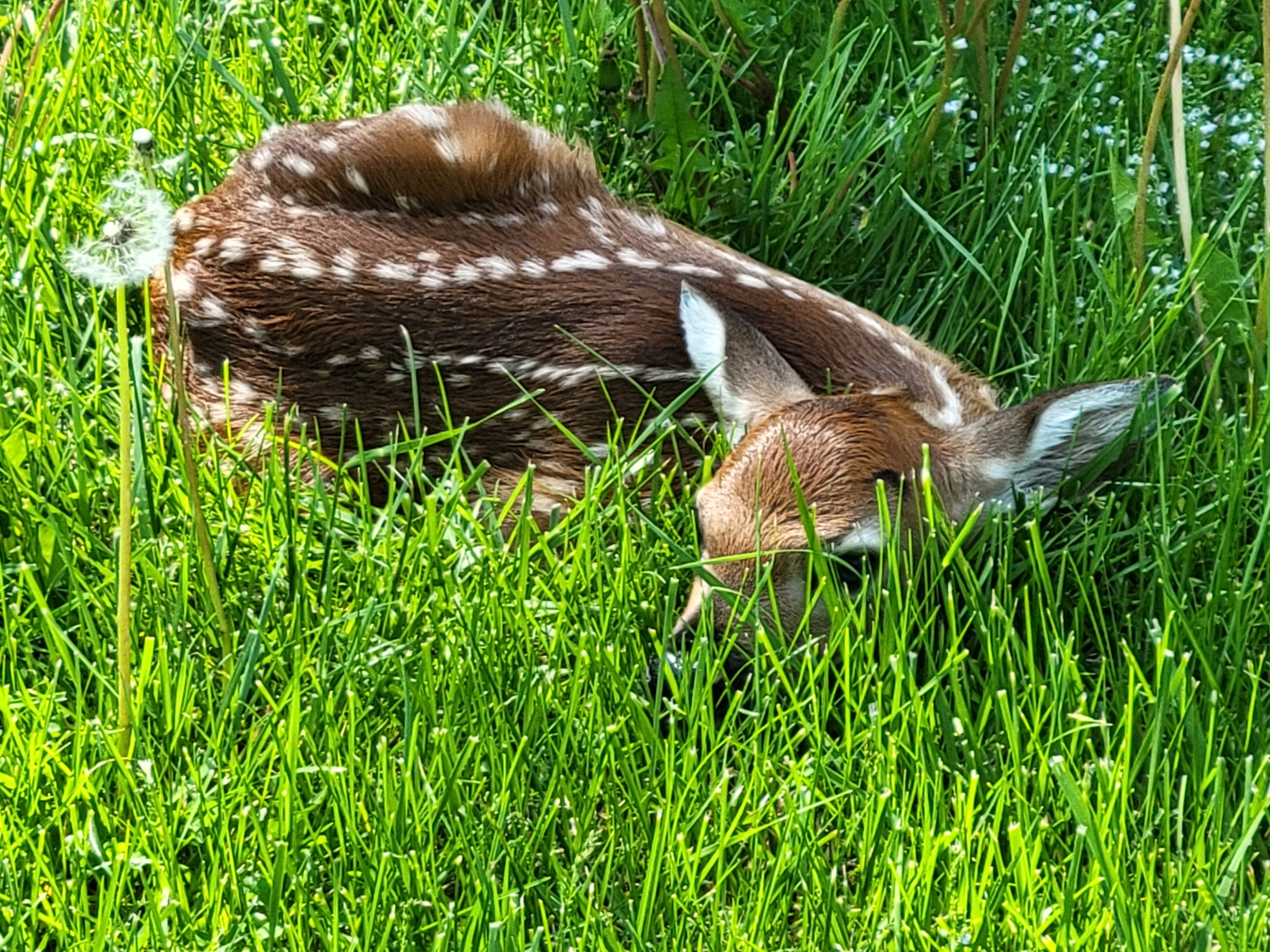
Other Important Topics
Articles
Click on each section below to browse a list of categorized articles.
Houseplants
Care & Maintenance
Diseases, Disorders & Insect Pests
Selection
Soils, Amendments & Fertilizers
Wildlife
Submit additional lawn, landscape and gardening questions using our Ask Your Gardening Question form.

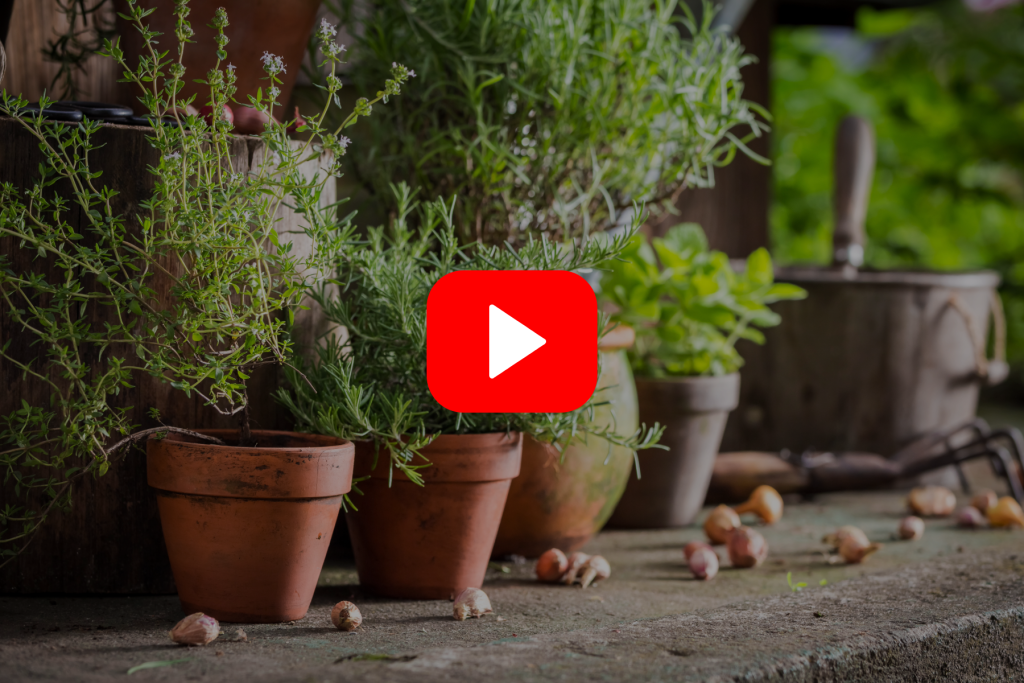
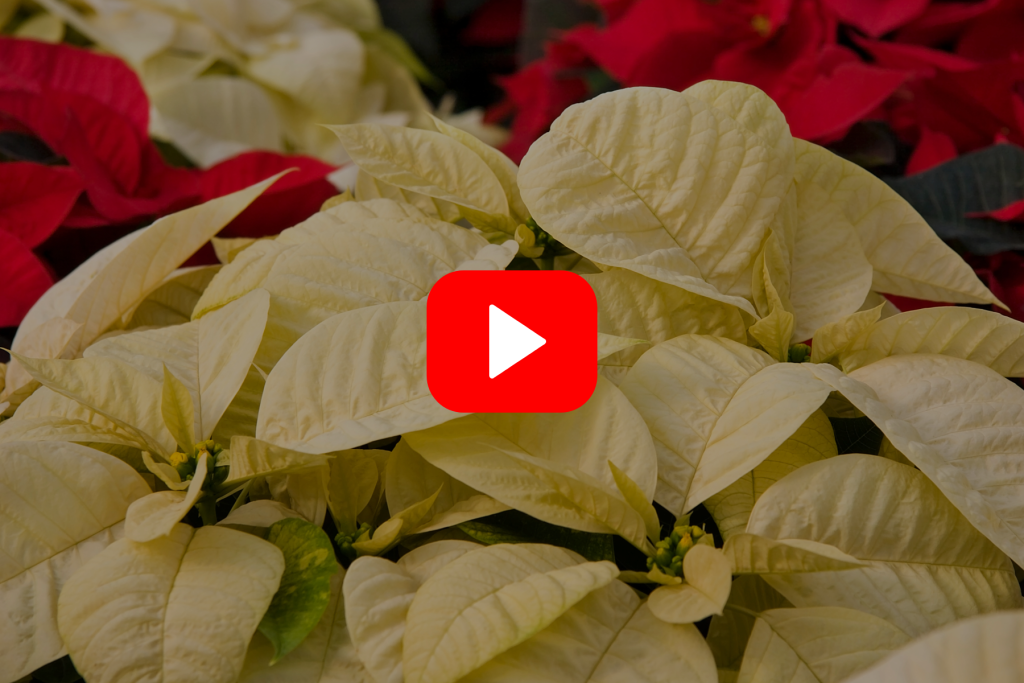
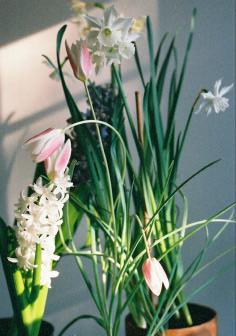

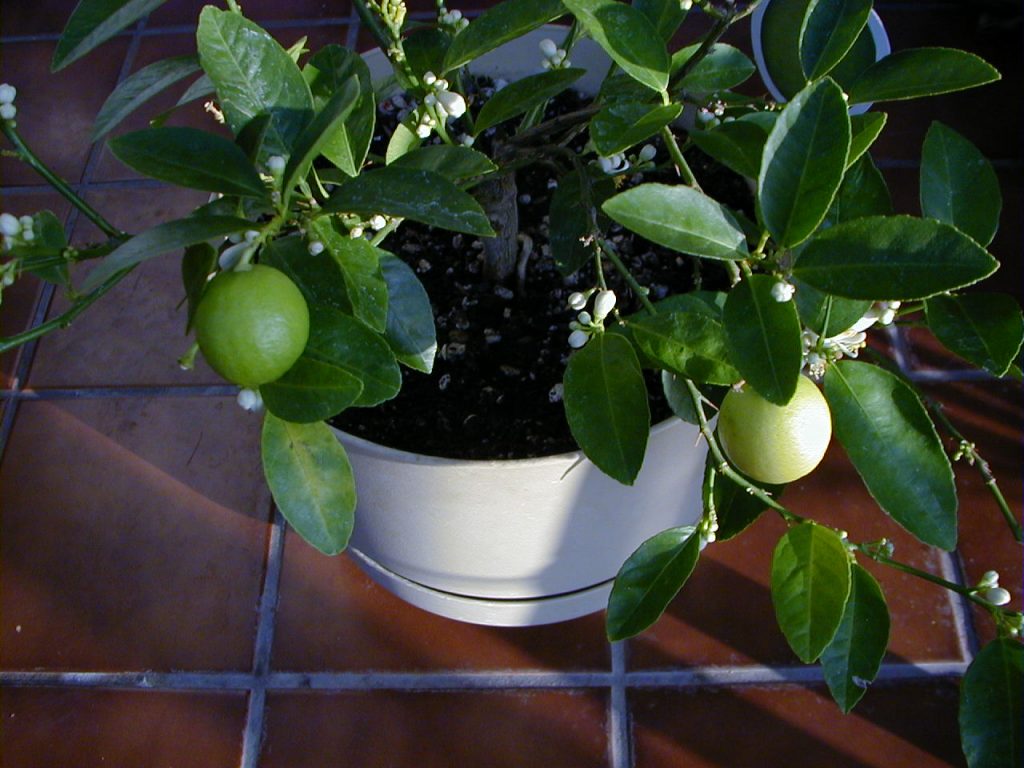
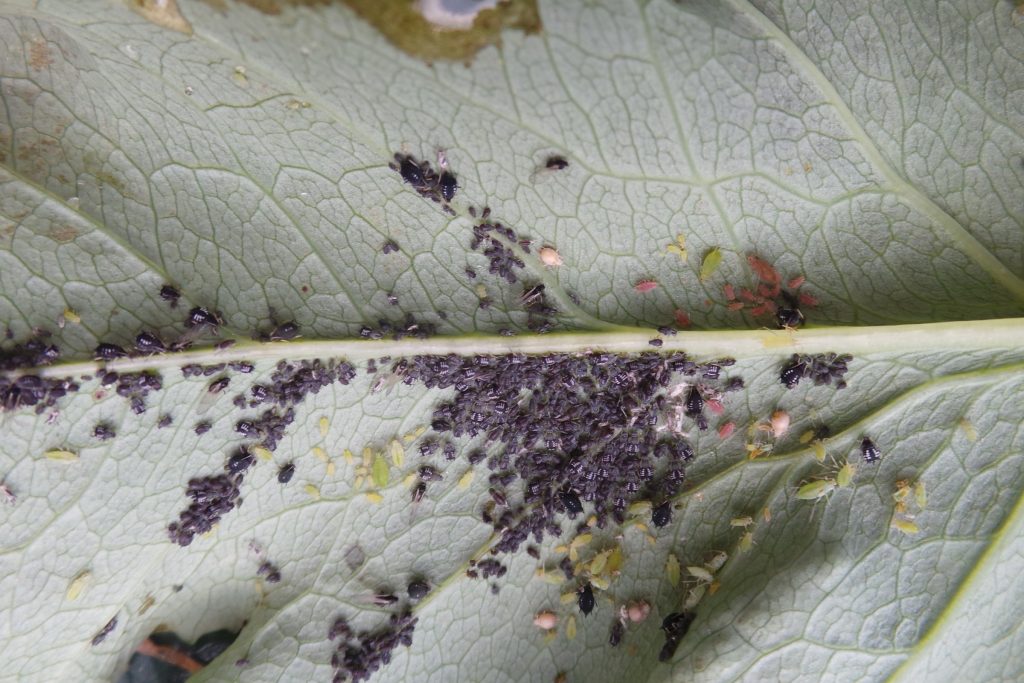
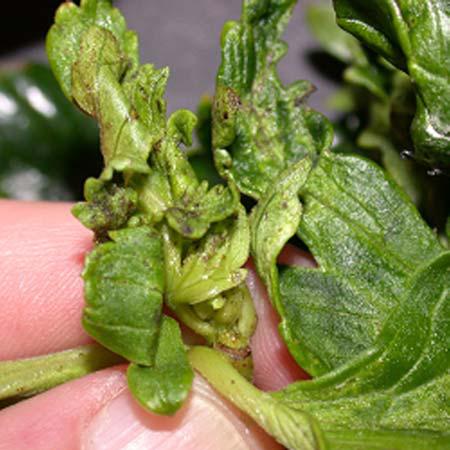
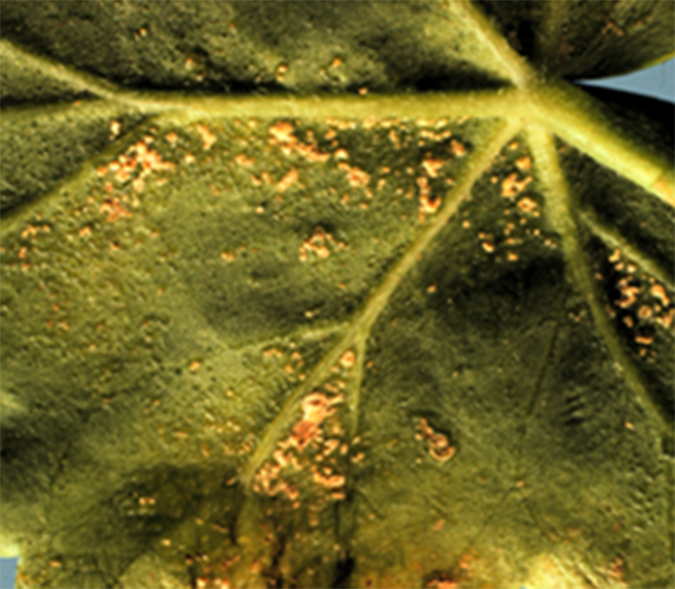


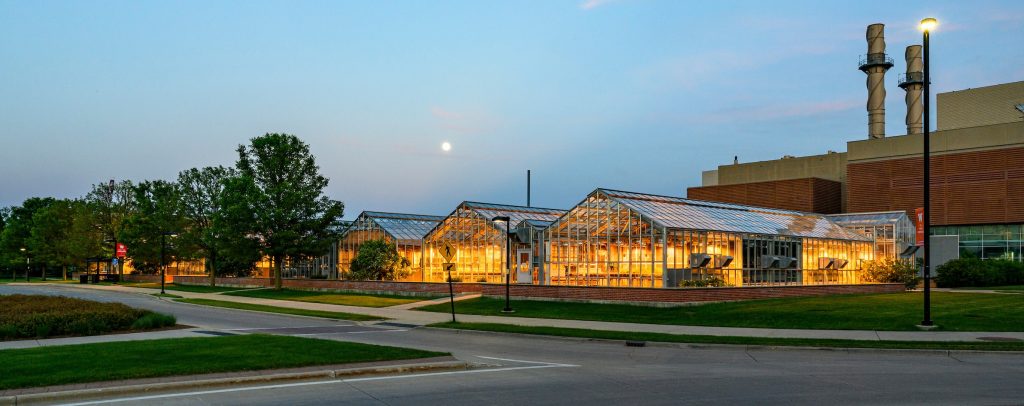
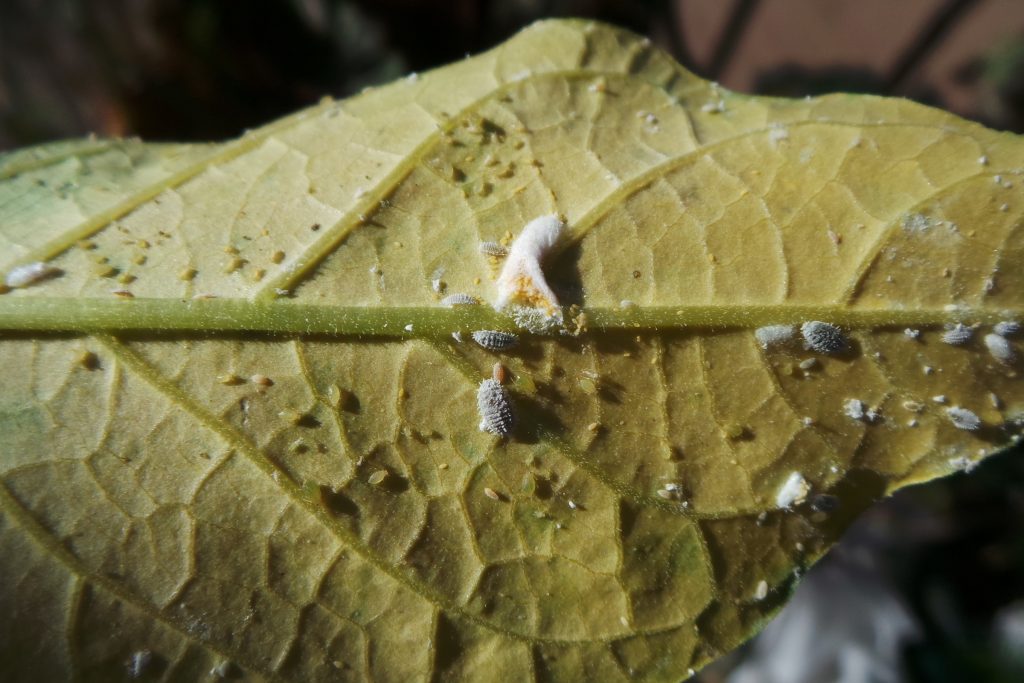
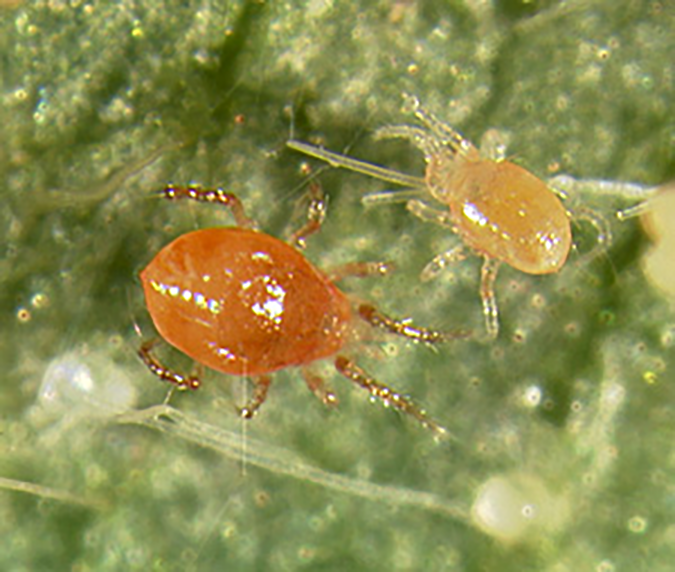
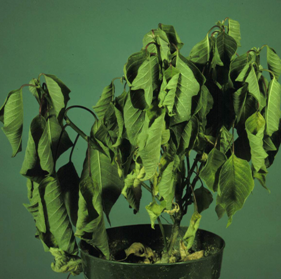
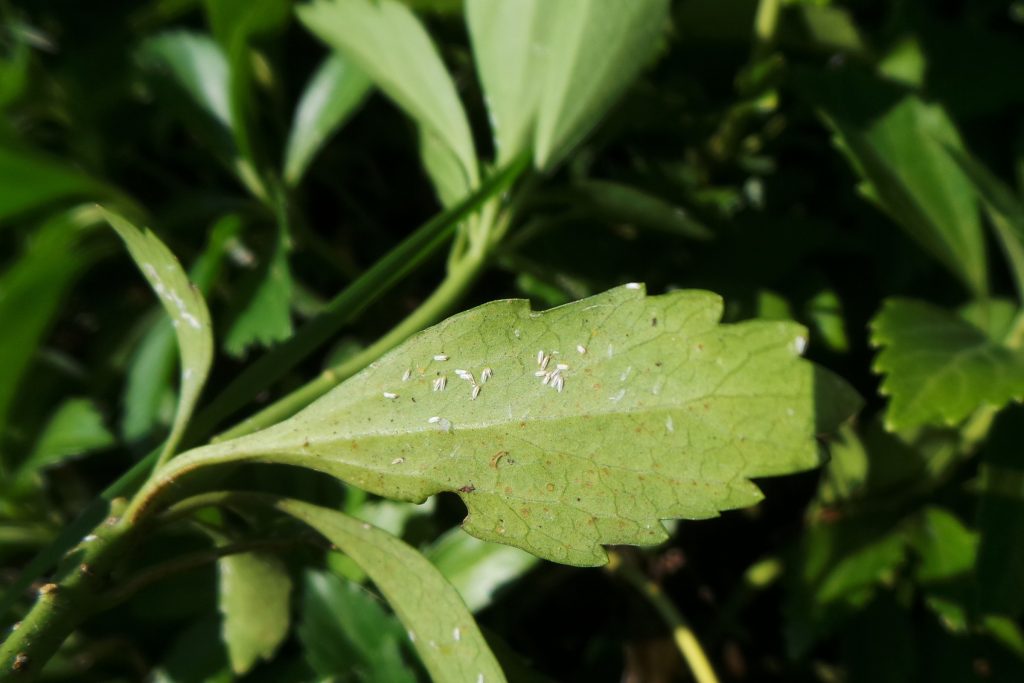
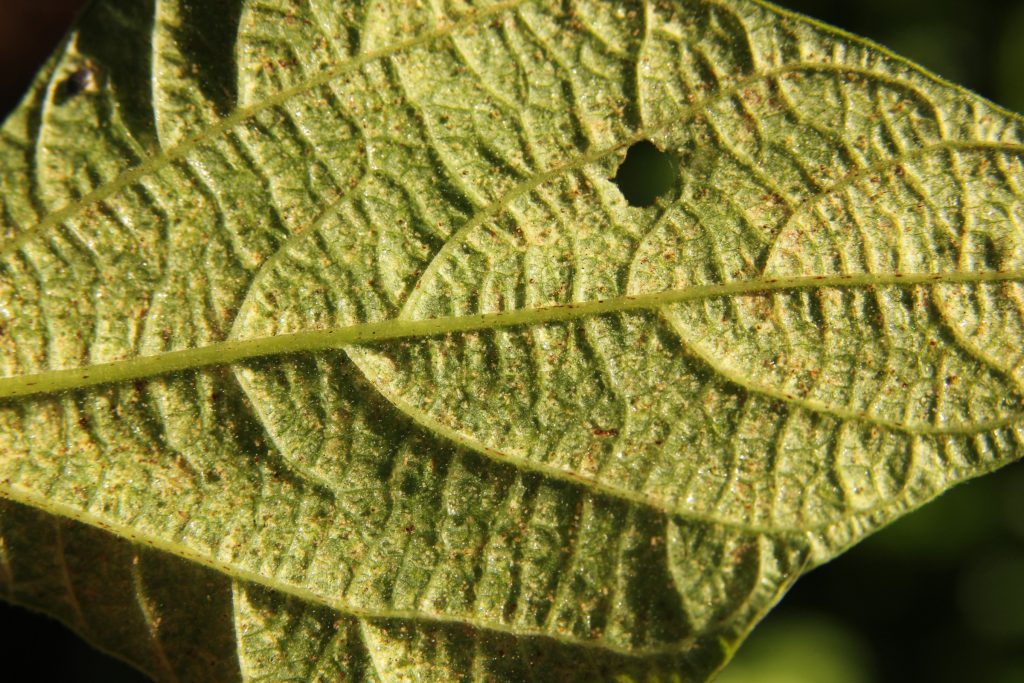 Tetranychus urticae‘ loading=’lazy’ />
Tetranychus urticae‘ loading=’lazy’ />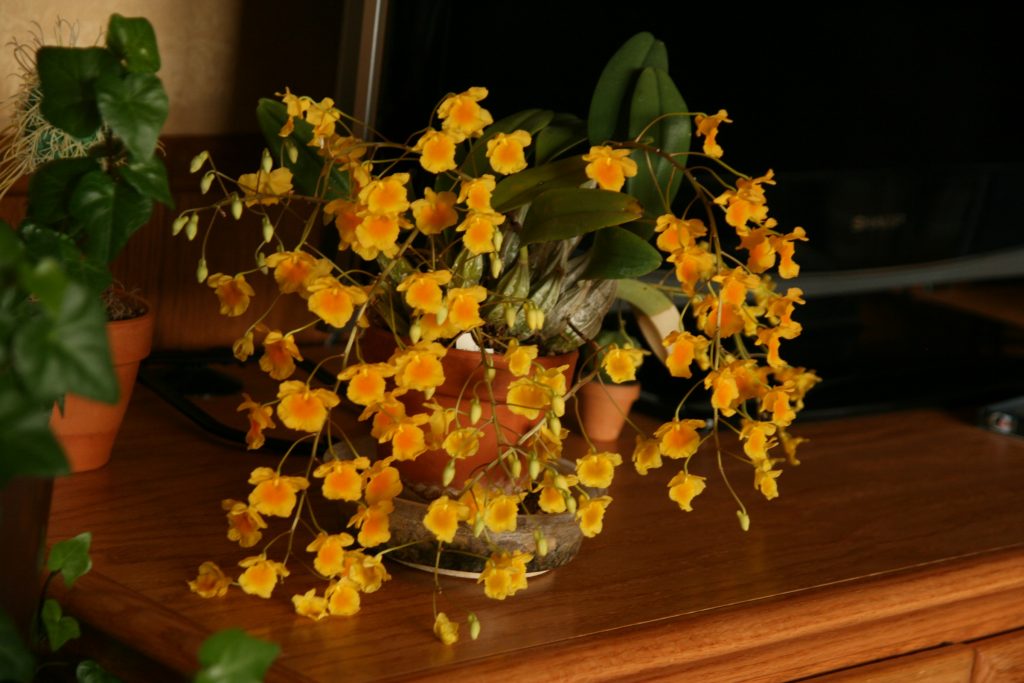 Dendrobium lindleyi‘ loading=’lazy’ />
Dendrobium lindleyi‘ loading=’lazy’ />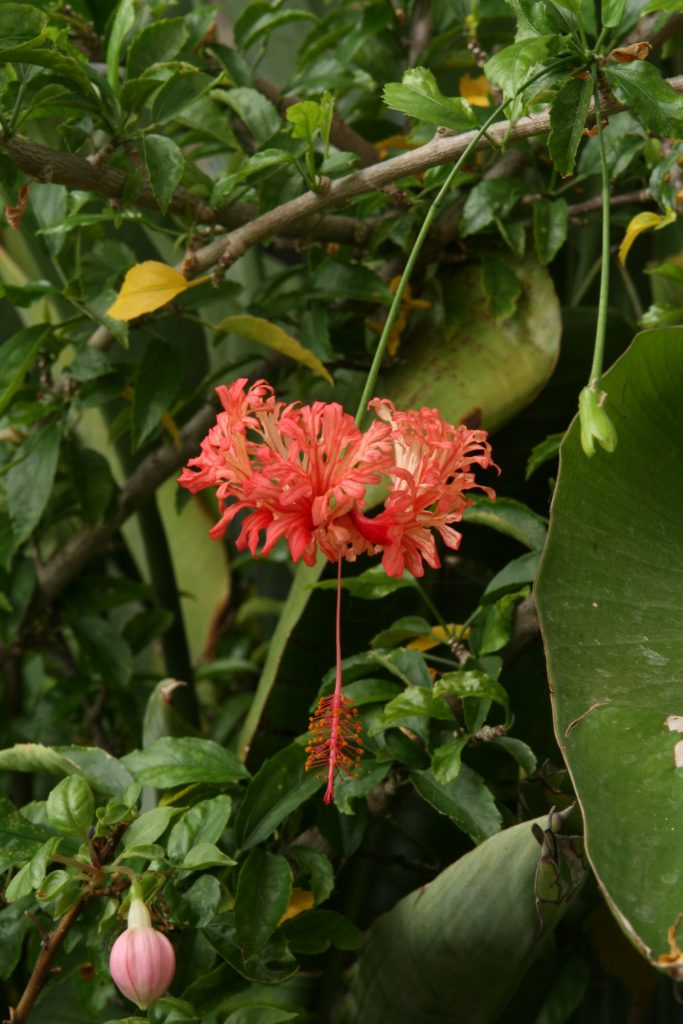 Hibiscus schizopetalus‘ loading=’lazy’ />
Hibiscus schizopetalus‘ loading=’lazy’ /> Nerine bowdenii‘ loading=’lazy’ />
Nerine bowdenii‘ loading=’lazy’ />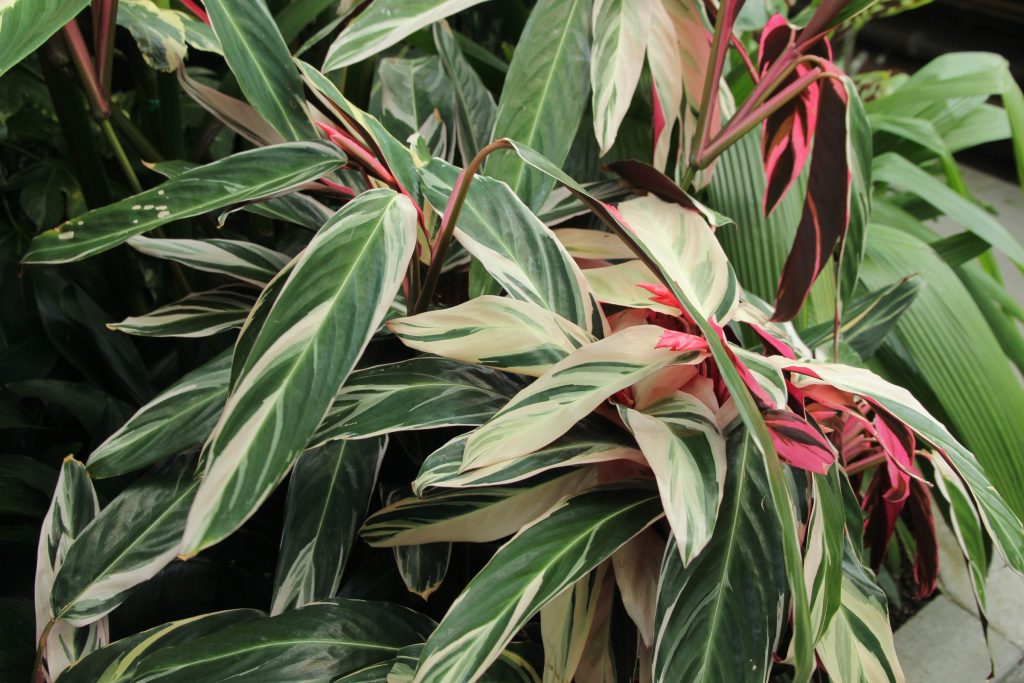 Stromanthe sanguinea “Tricolor”’ loading=’lazy’ />
Stromanthe sanguinea “Tricolor”’ loading=’lazy’ />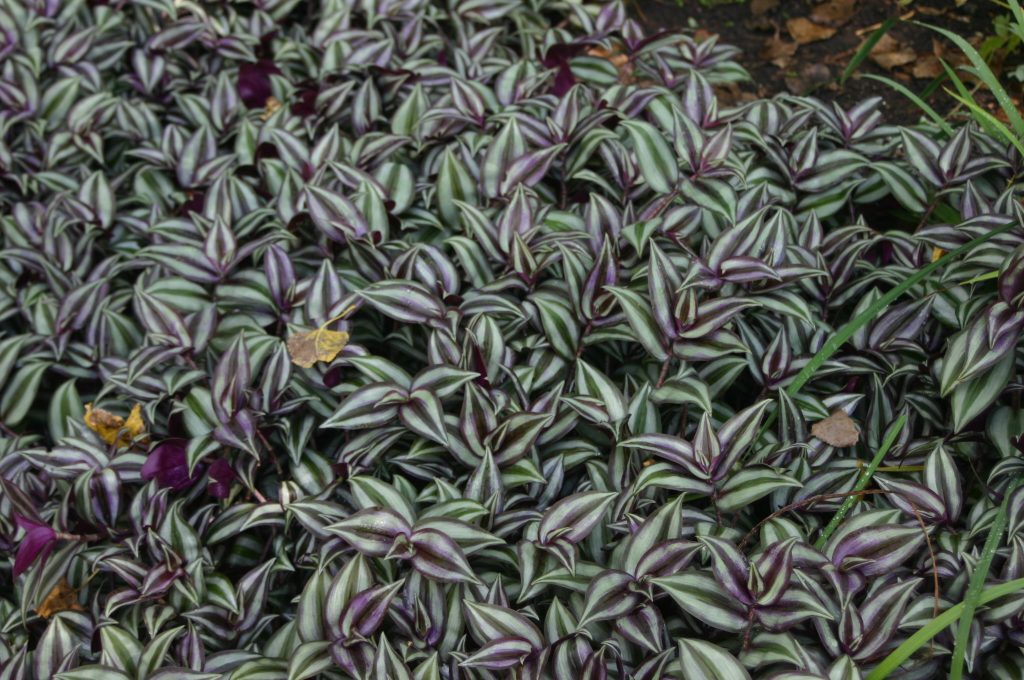 Tradescantia zebrina‘ loading=’lazy’ />
Tradescantia zebrina‘ loading=’lazy’ />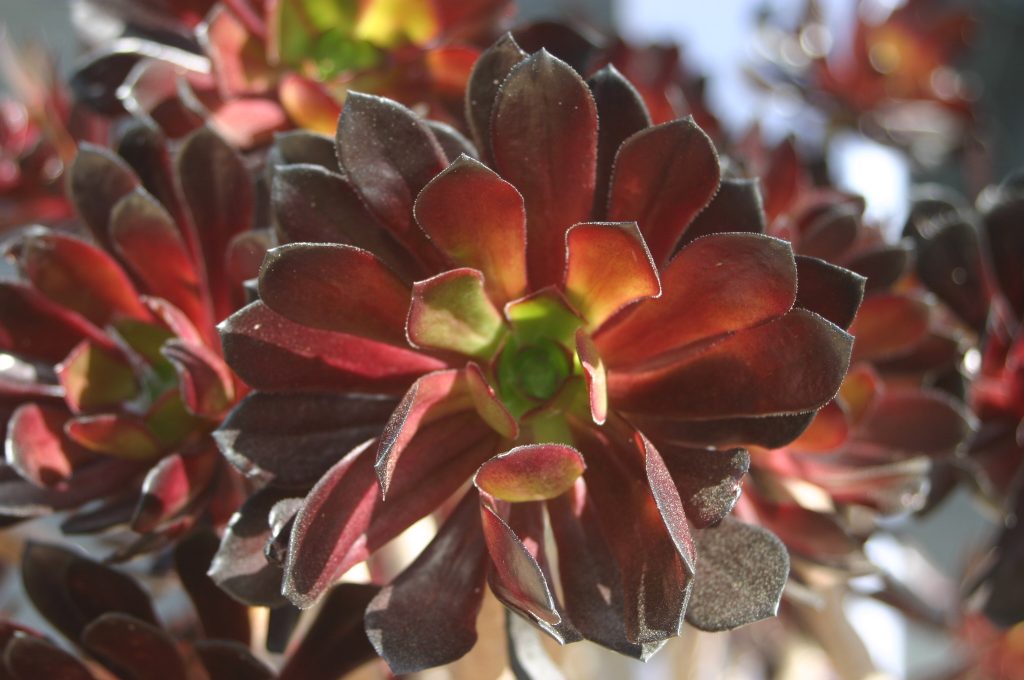
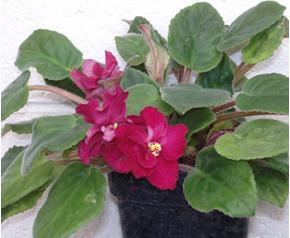
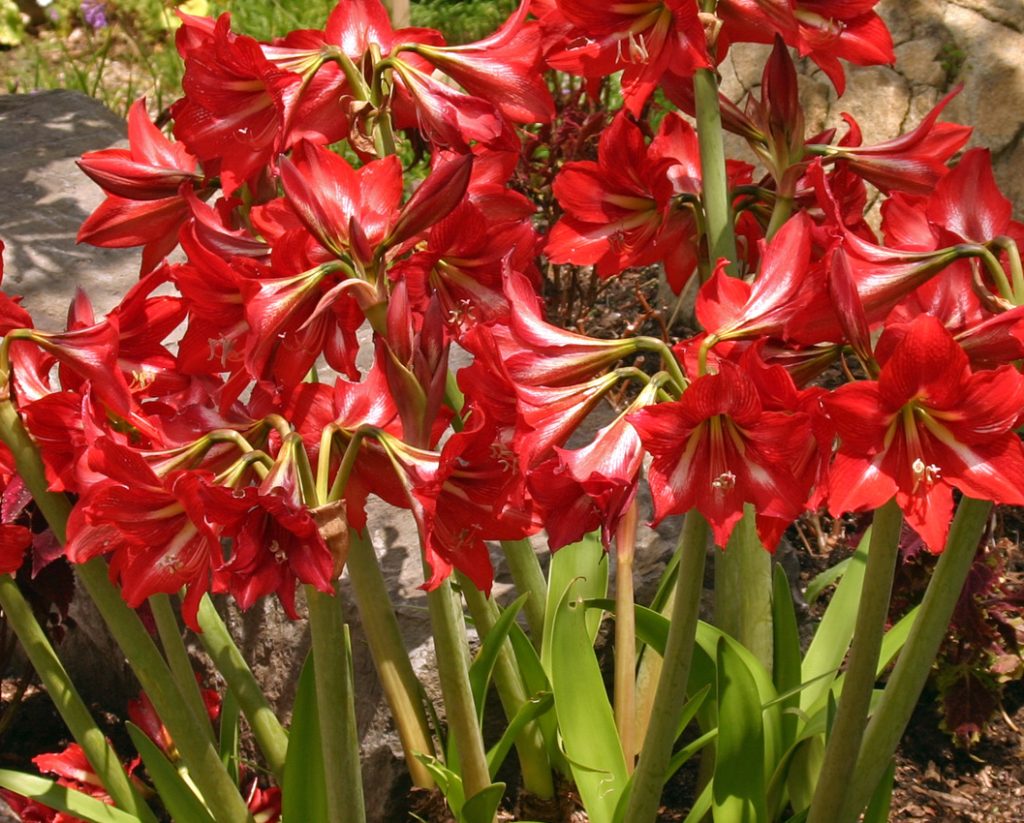 Hippeastrum‘ loading=’lazy’ />
Hippeastrum‘ loading=’lazy’ /> Brugmansia‘ loading=’lazy’ />
Brugmansia‘ loading=’lazy’ />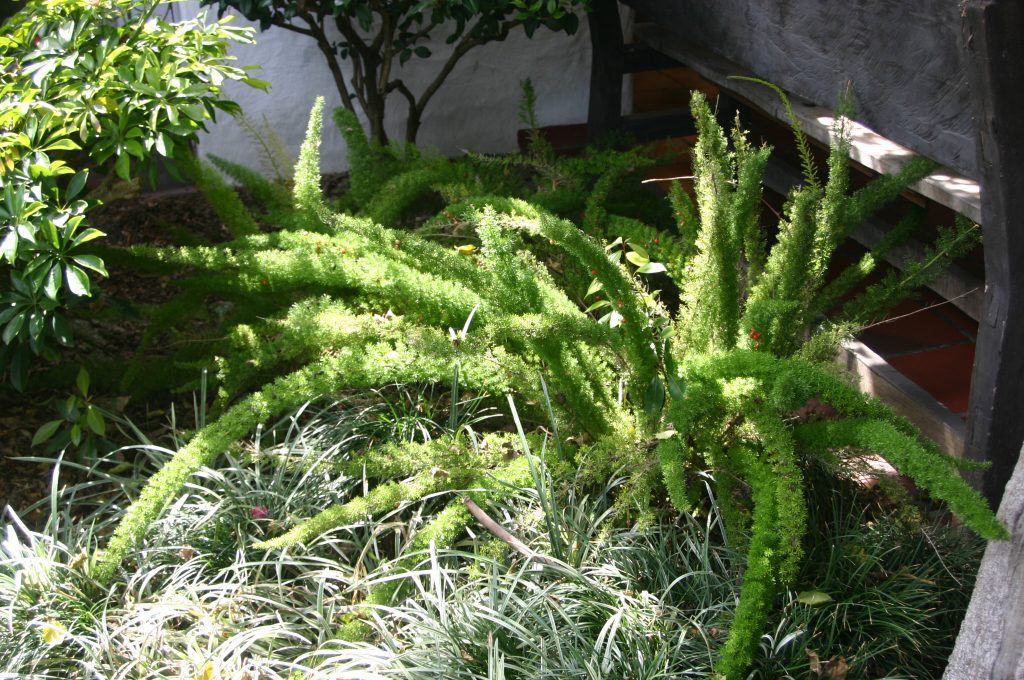 Asparagus densiflorus‘ loading=’lazy’ />
Asparagus densiflorus‘ loading=’lazy’ />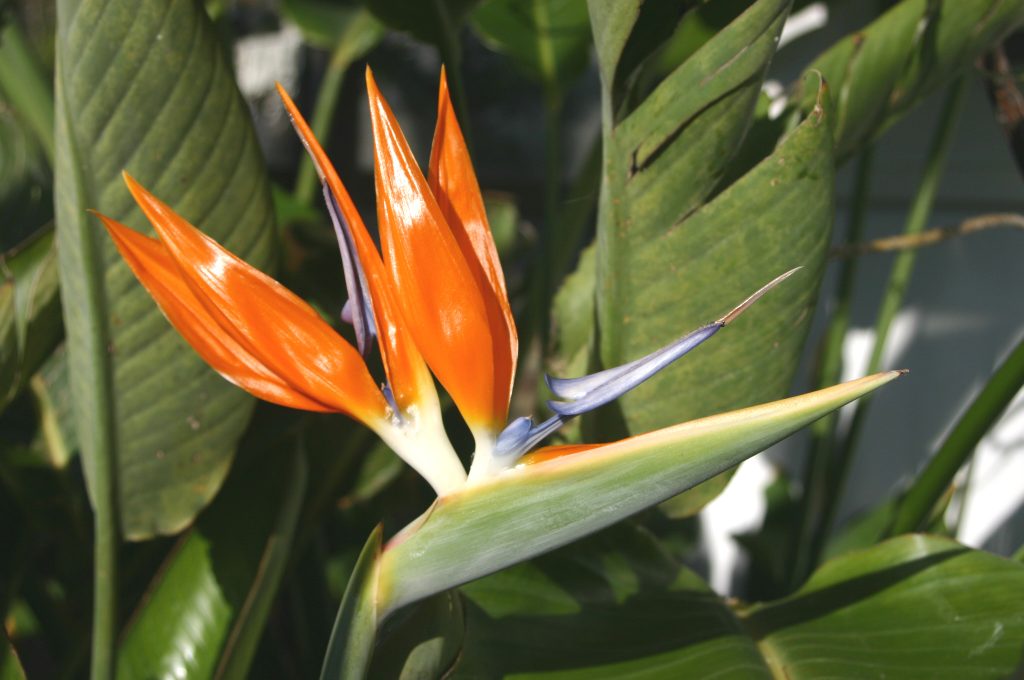 Strelitzia reginae‘ loading=’lazy’ />
Strelitzia reginae‘ loading=’lazy’ />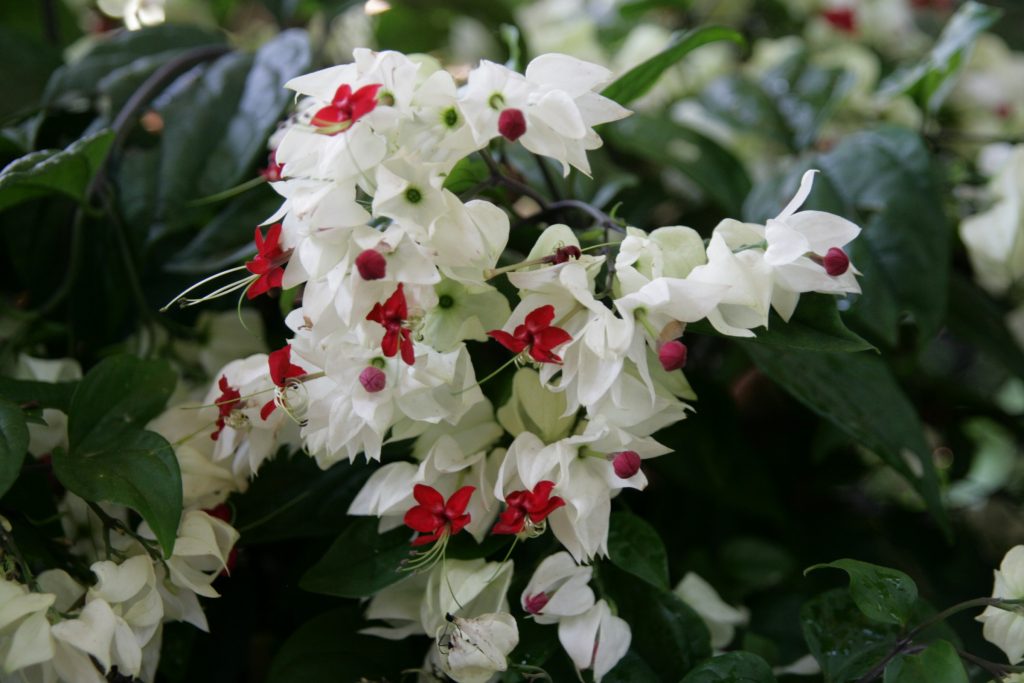 Clerodendrum thomsoniae‘ loading=’lazy’ />
Clerodendrum thomsoniae‘ loading=’lazy’ />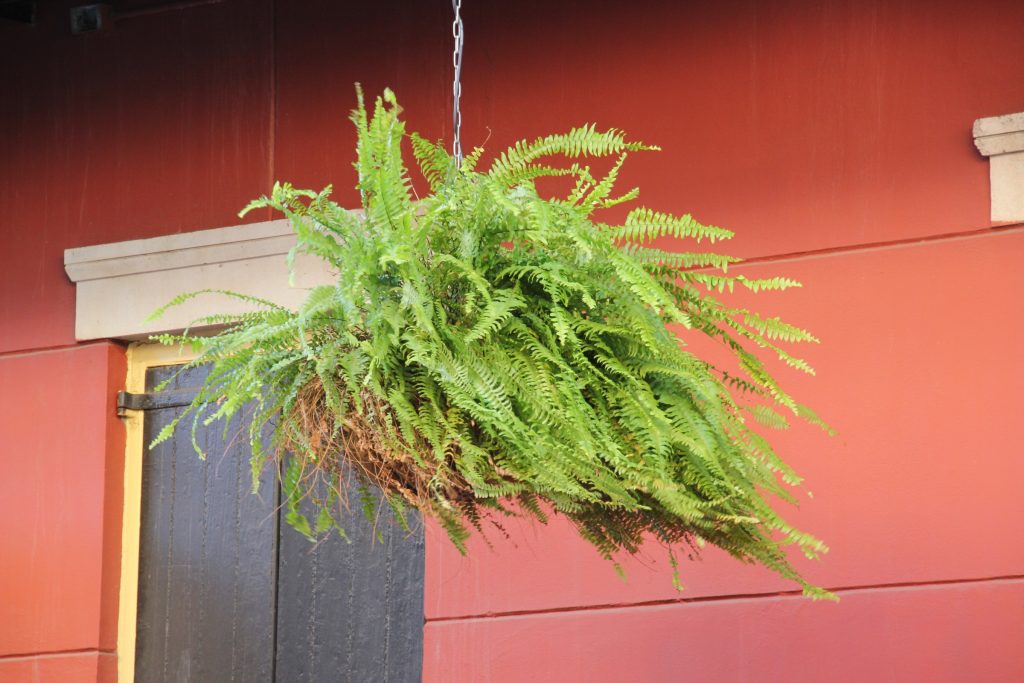 Nephrolepis exaltata ‘Bostoniensis’’ loading=’lazy’ />
Nephrolepis exaltata ‘Bostoniensis’’ loading=’lazy’ />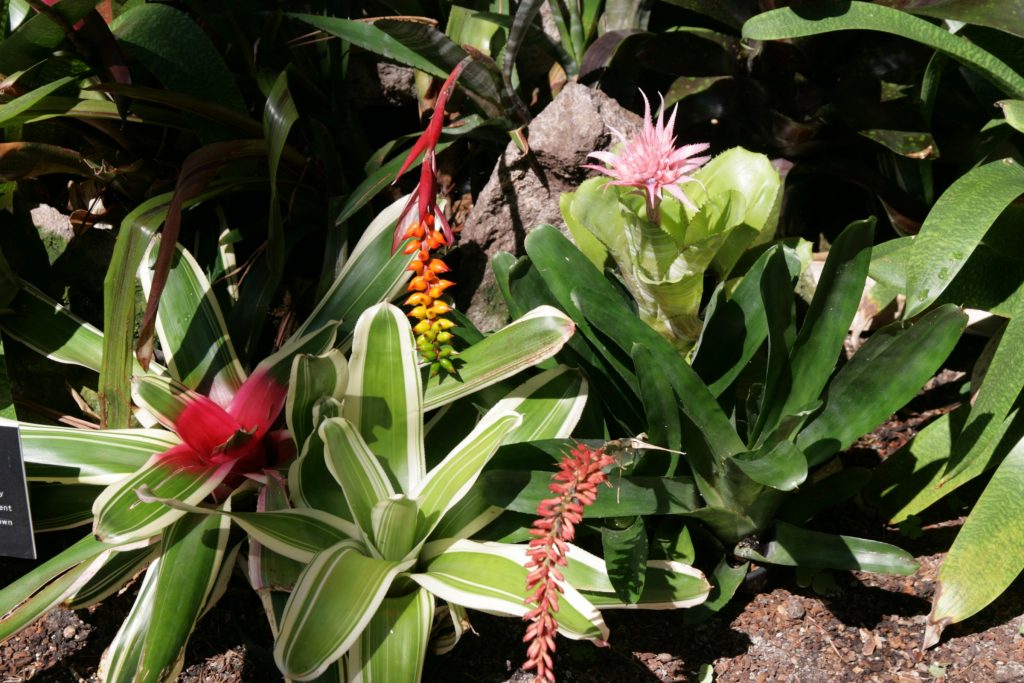
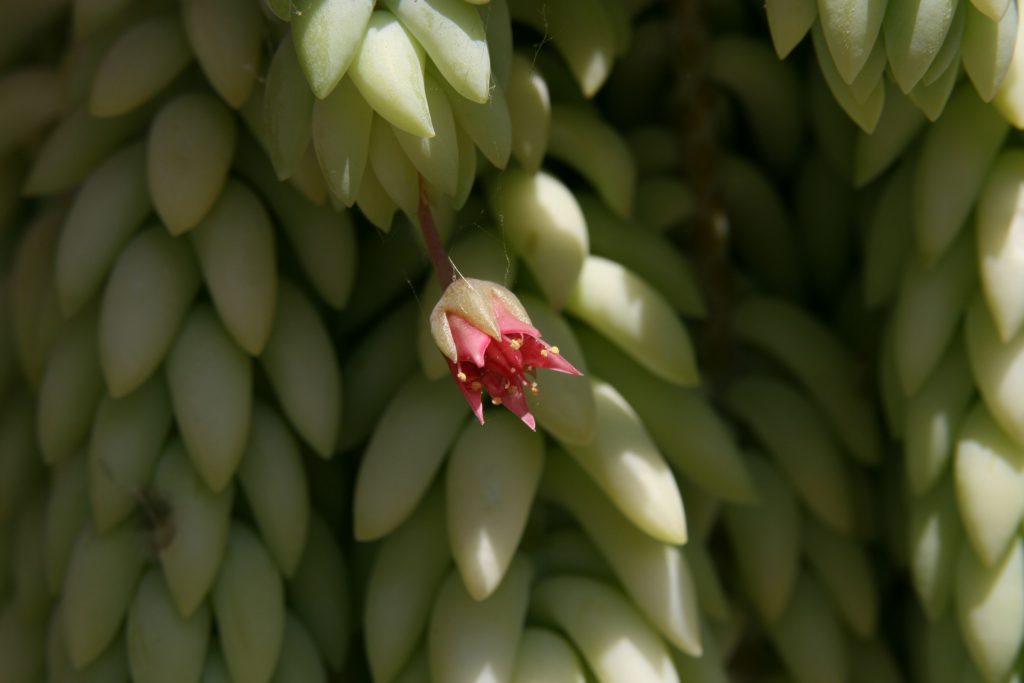 Sedum morganianum‘ loading=’lazy’ />
Sedum morganianum‘ loading=’lazy’ />
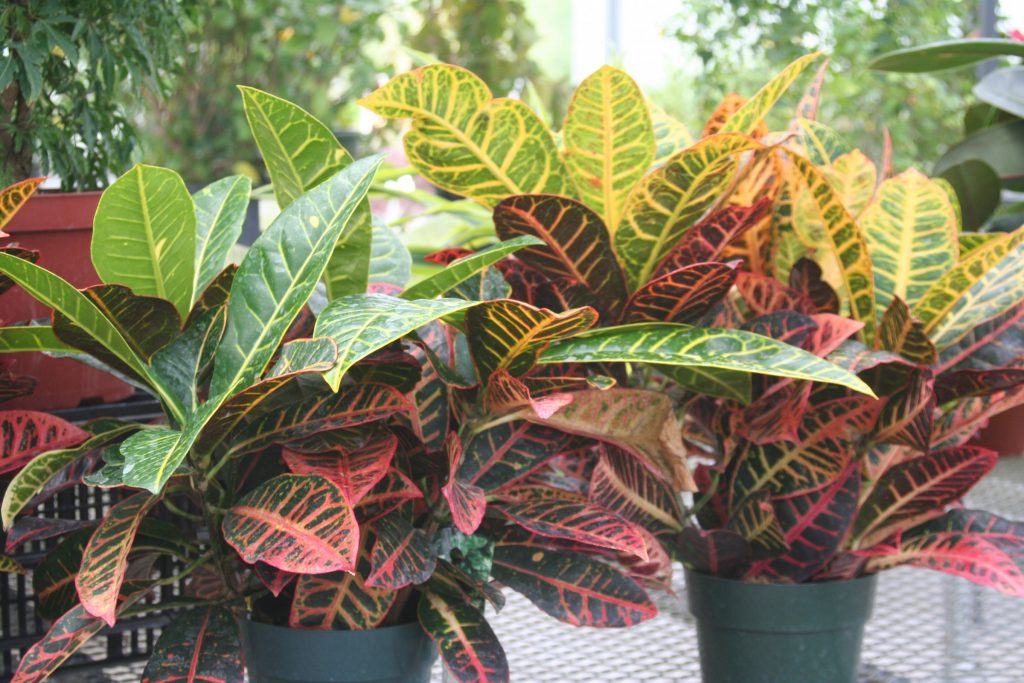 Codiaeum variegatum‘ loading=’lazy’ />
Codiaeum variegatum‘ loading=’lazy’ />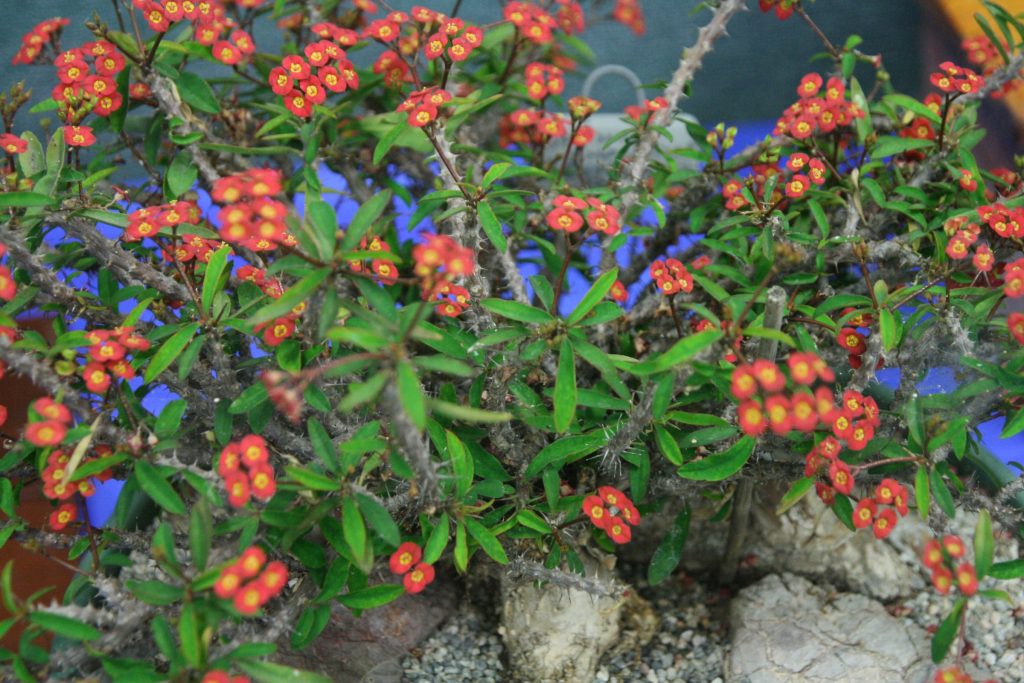 Euphorbia milii‘ loading=’lazy’ />
Euphorbia milii‘ loading=’lazy’ />
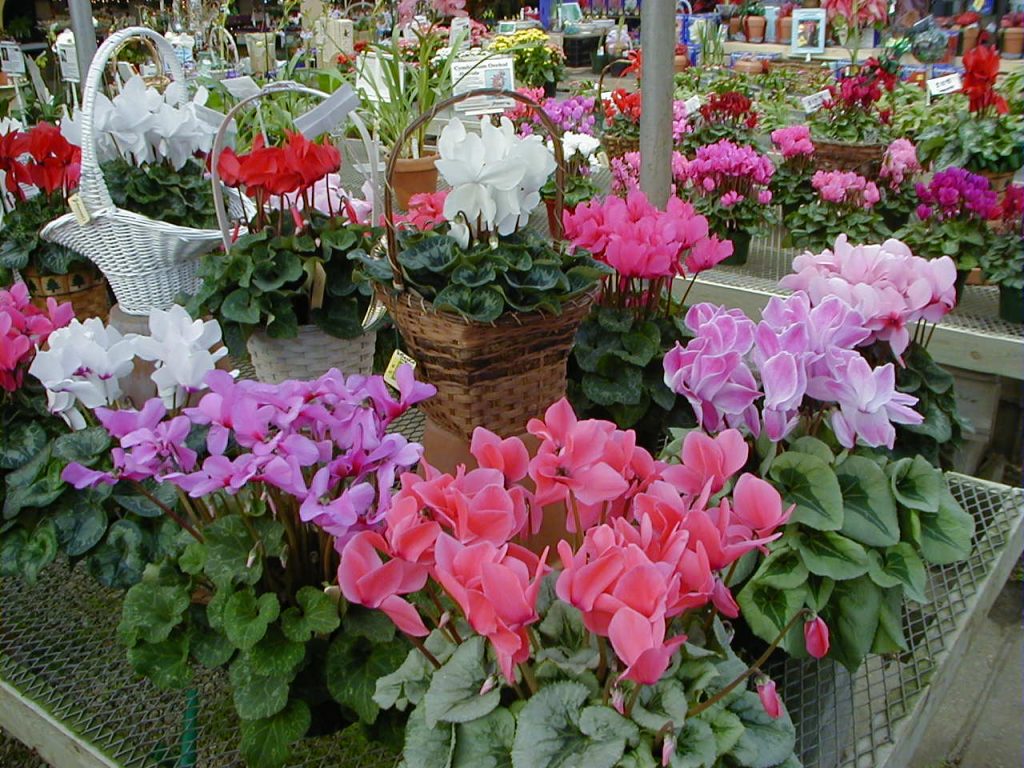
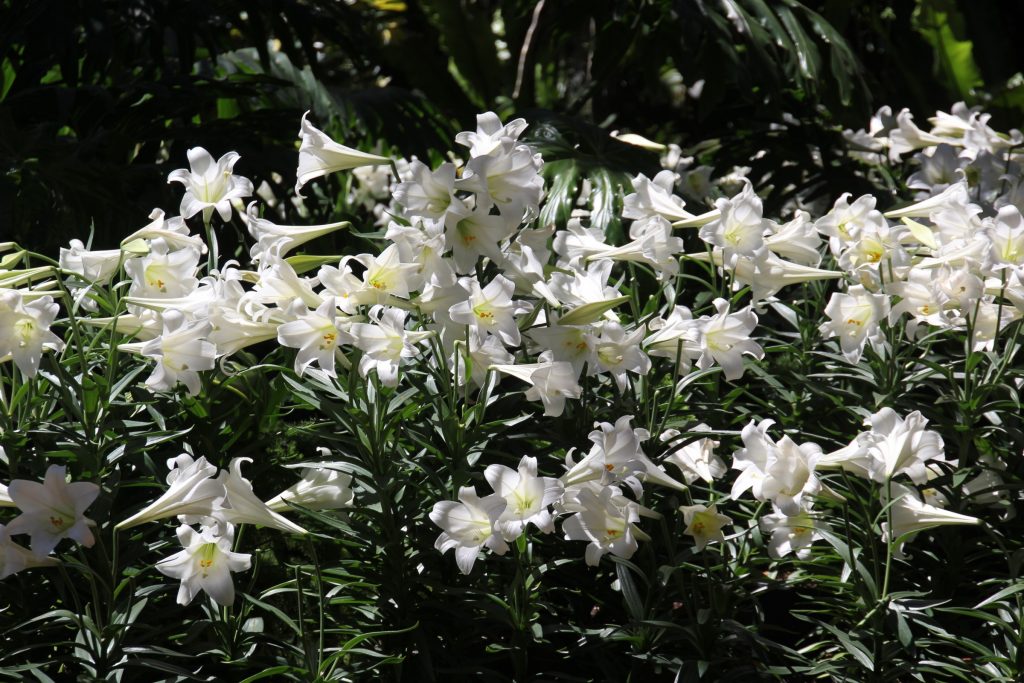 Lilium longiflorum‘ loading=’lazy’ />
Lilium longiflorum‘ loading=’lazy’ />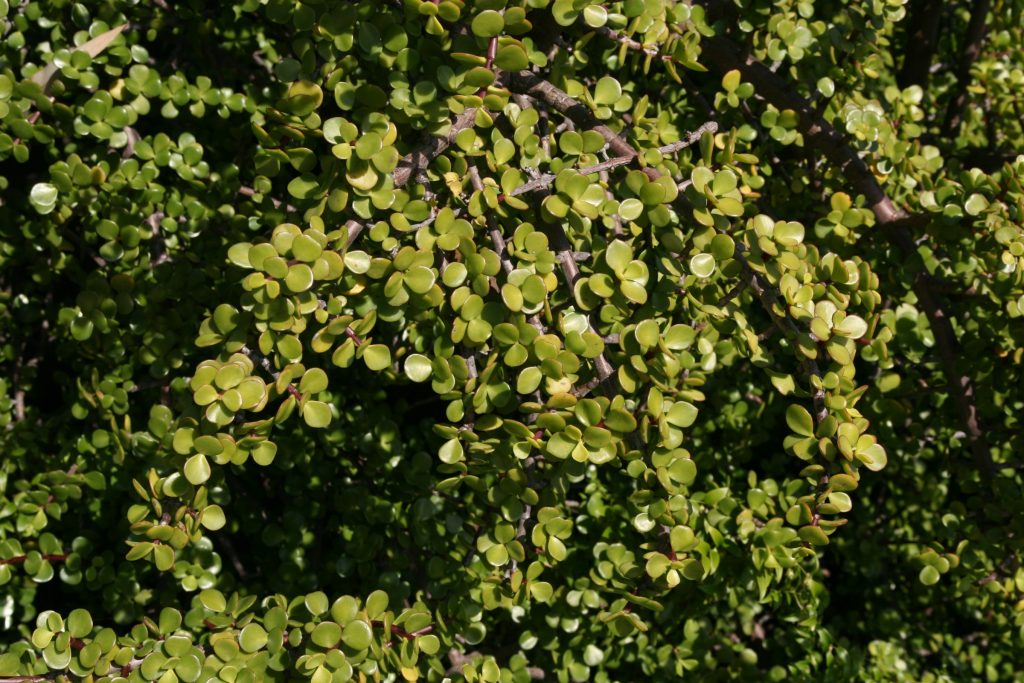 Portulacaria afra‘ loading=’lazy’ />
Portulacaria afra‘ loading=’lazy’ />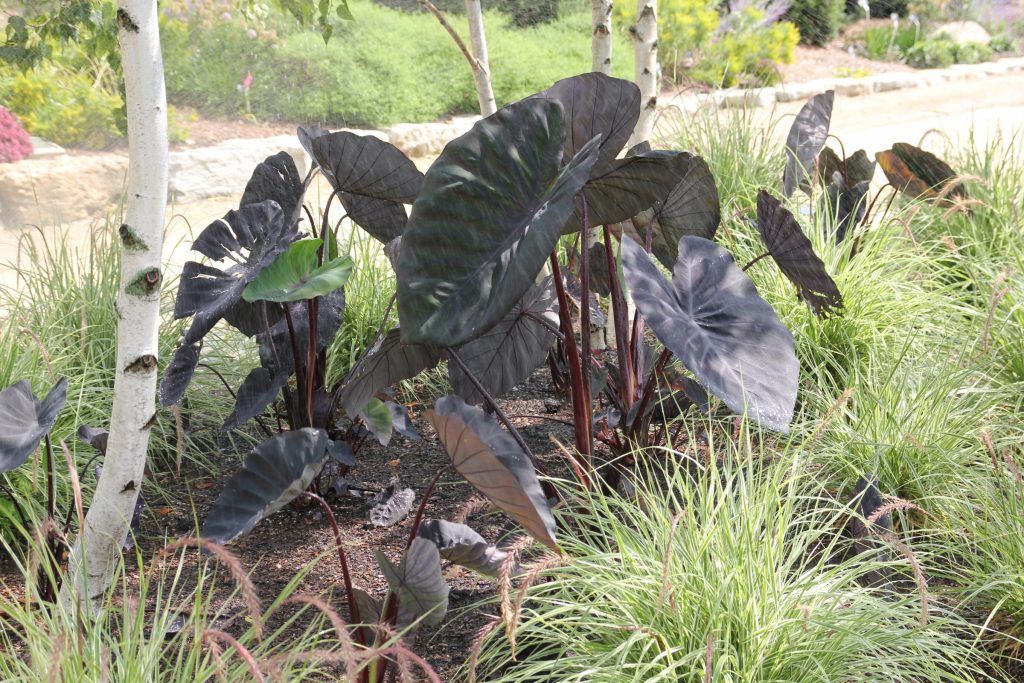 Colocasia, Alocasia, and Xanthosoma)’ loading=’lazy’ />
Colocasia, Alocasia, and Xanthosoma)’ loading=’lazy’ />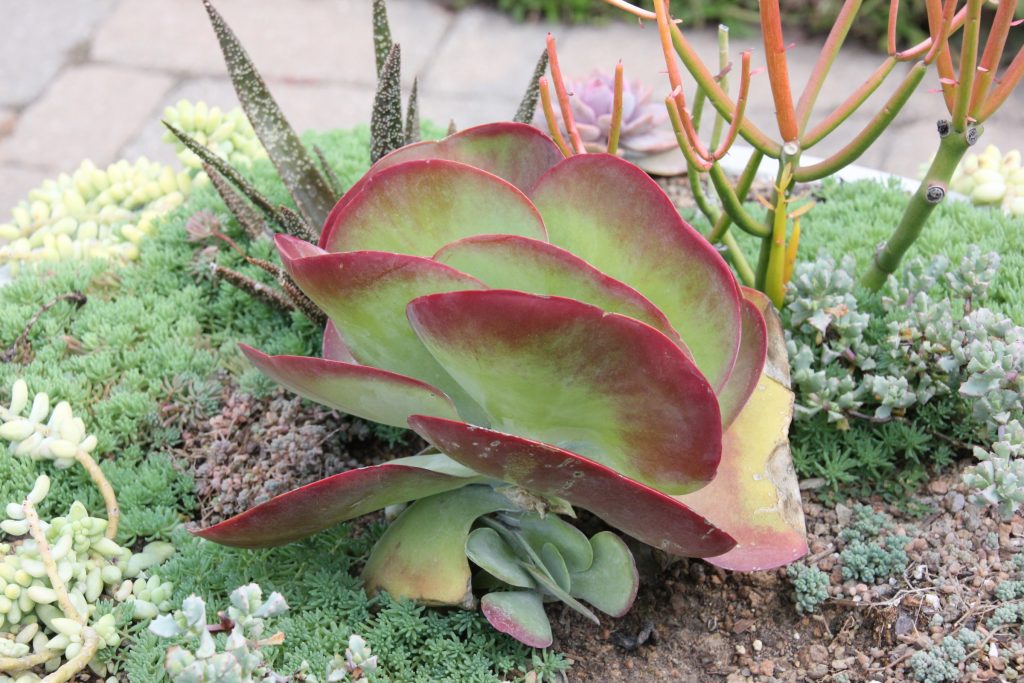 Kalanchoe spp.’ loading=’lazy’ />
Kalanchoe spp.’ loading=’lazy’ />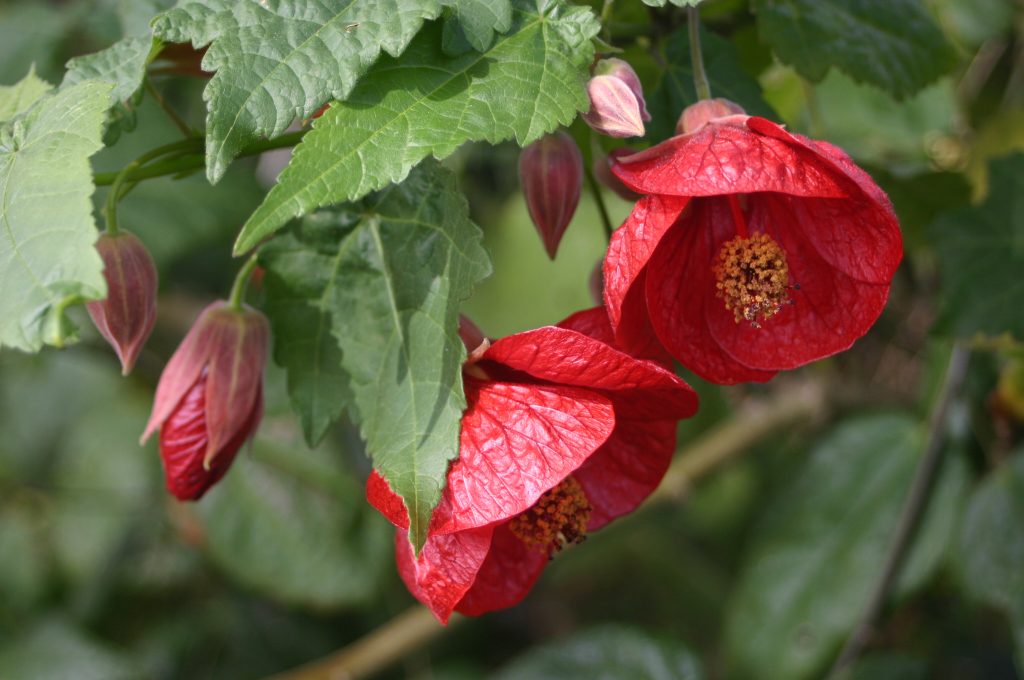 Abutilon spp.’ loading=’lazy’ />
Abutilon spp.’ loading=’lazy’ /> Pachystachys lutea‘ loading=’lazy’ />
Pachystachys lutea‘ loading=’lazy’ />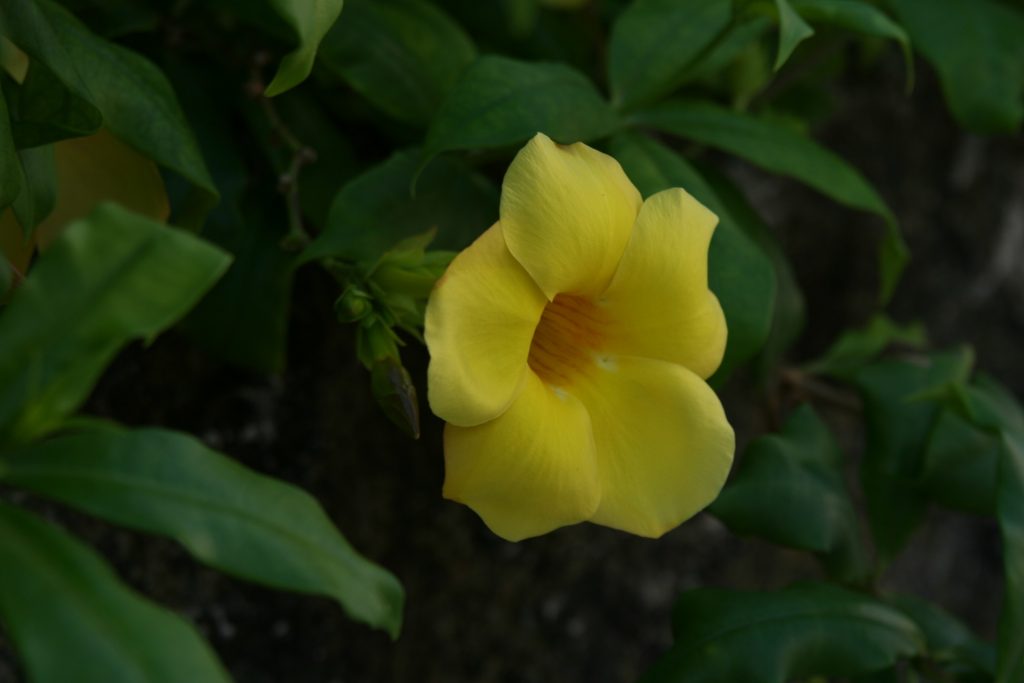 Allamanda cathartica‘ loading=’lazy’ />
Allamanda cathartica‘ loading=’lazy’ />

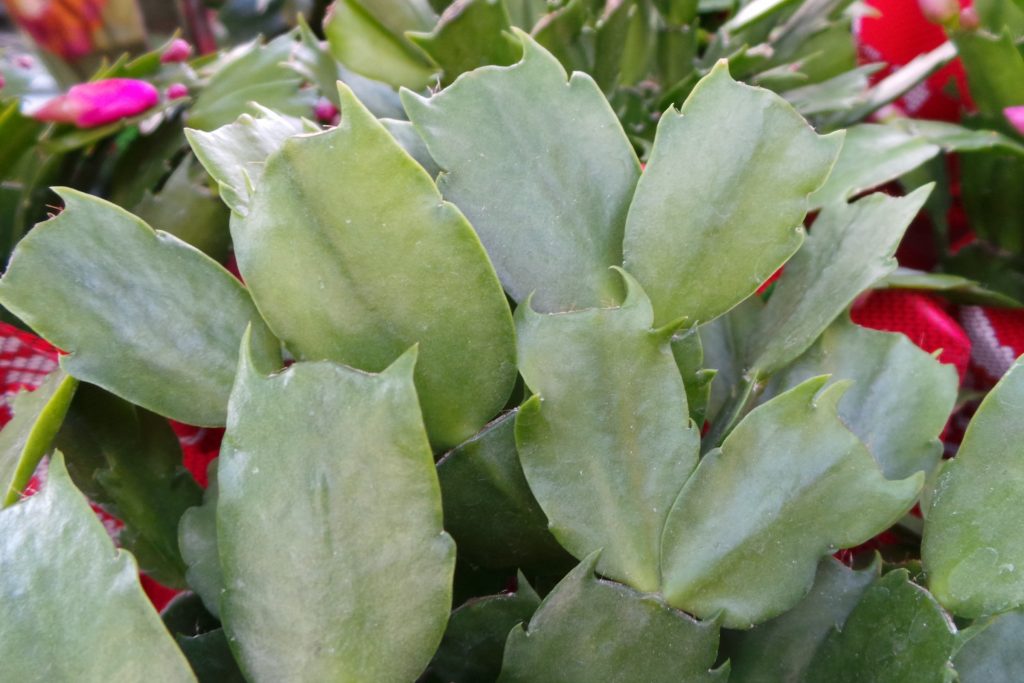
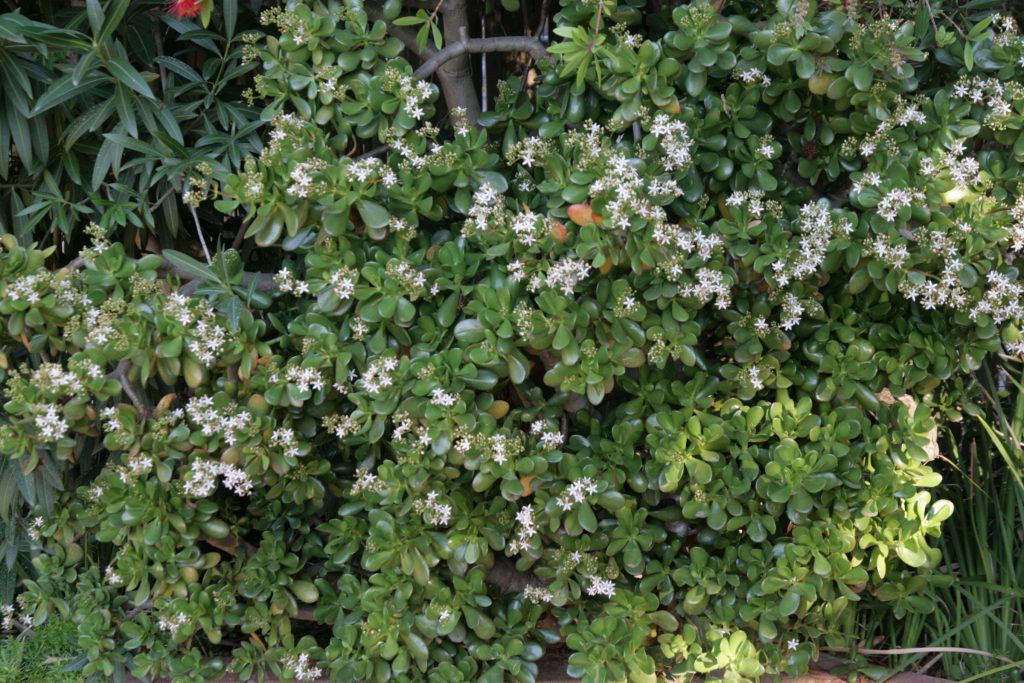 Crassula ovata‘ loading=’lazy’ />
Crassula ovata‘ loading=’lazy’ />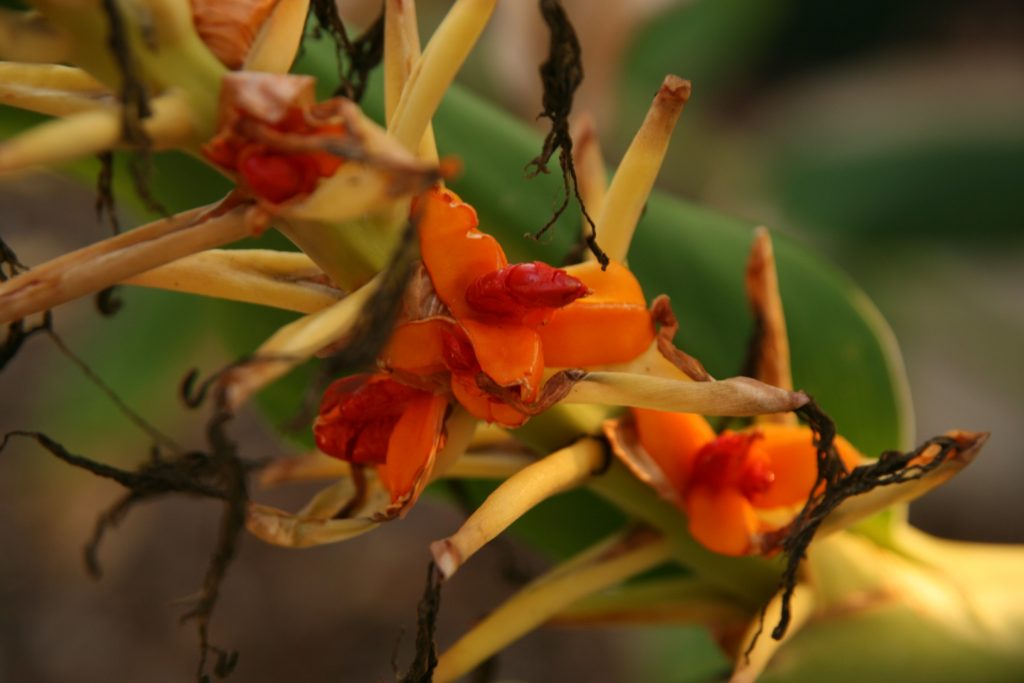 Hedychium gardnerianum‘ loading=’lazy’ />
Hedychium gardnerianum‘ loading=’lazy’ /> Amorphophallus konjac‘ loading=’lazy’ />
Amorphophallus konjac‘ loading=’lazy’ /> Brassavola nodosa‘ loading=’lazy’ />
Brassavola nodosa‘ loading=’lazy’ />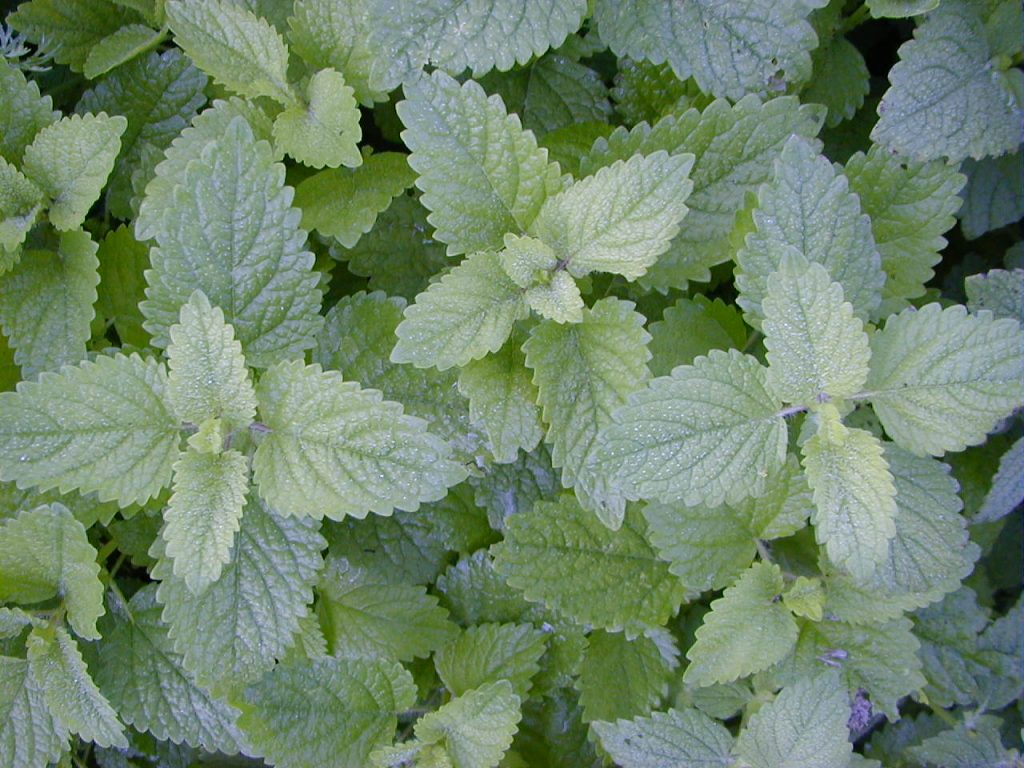
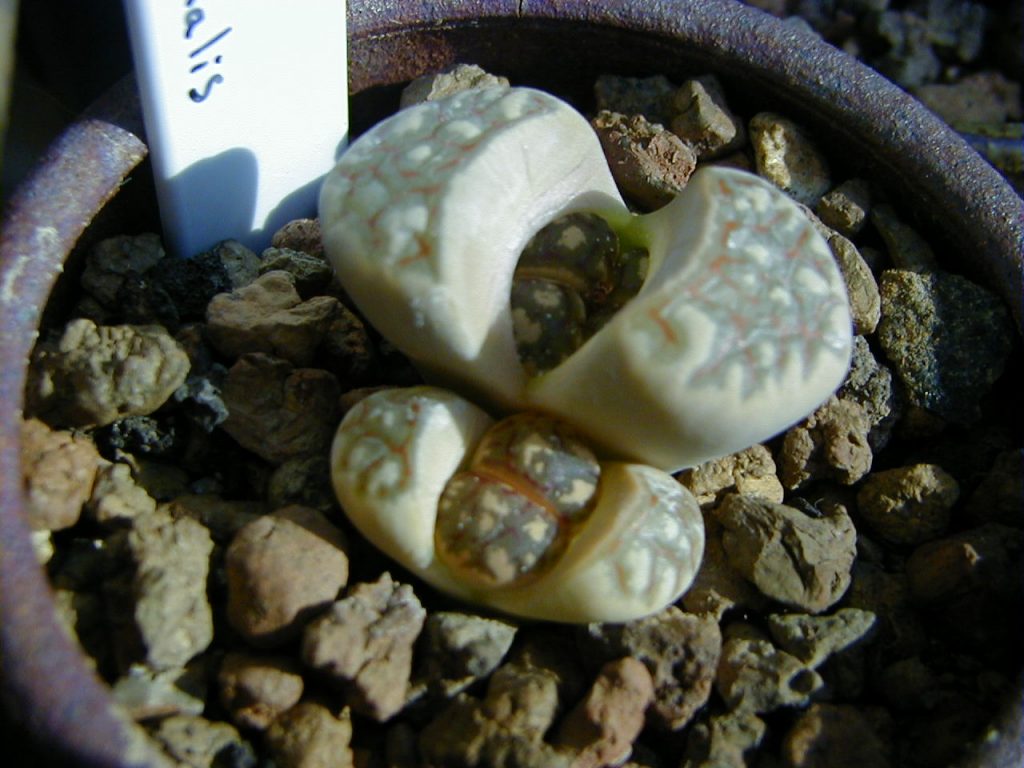 Lithops‘ loading=’lazy’ />
Lithops‘ loading=’lazy’ />
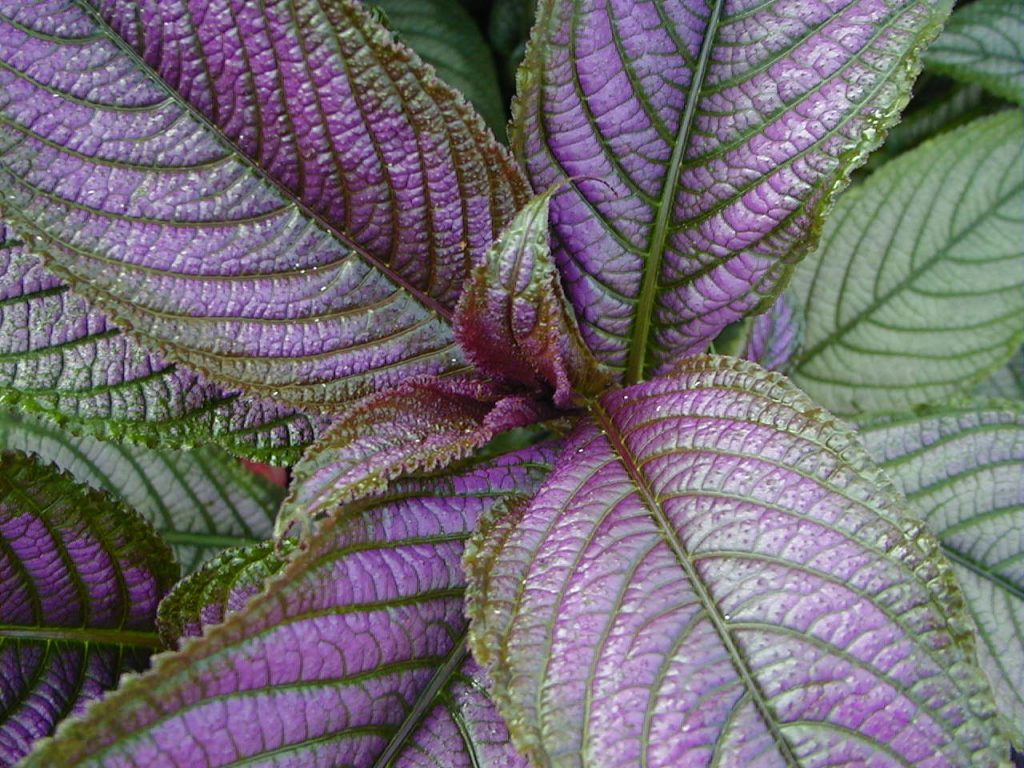 Strobilanthes dyerianus‘ loading=’lazy’ />
Strobilanthes dyerianus‘ loading=’lazy’ />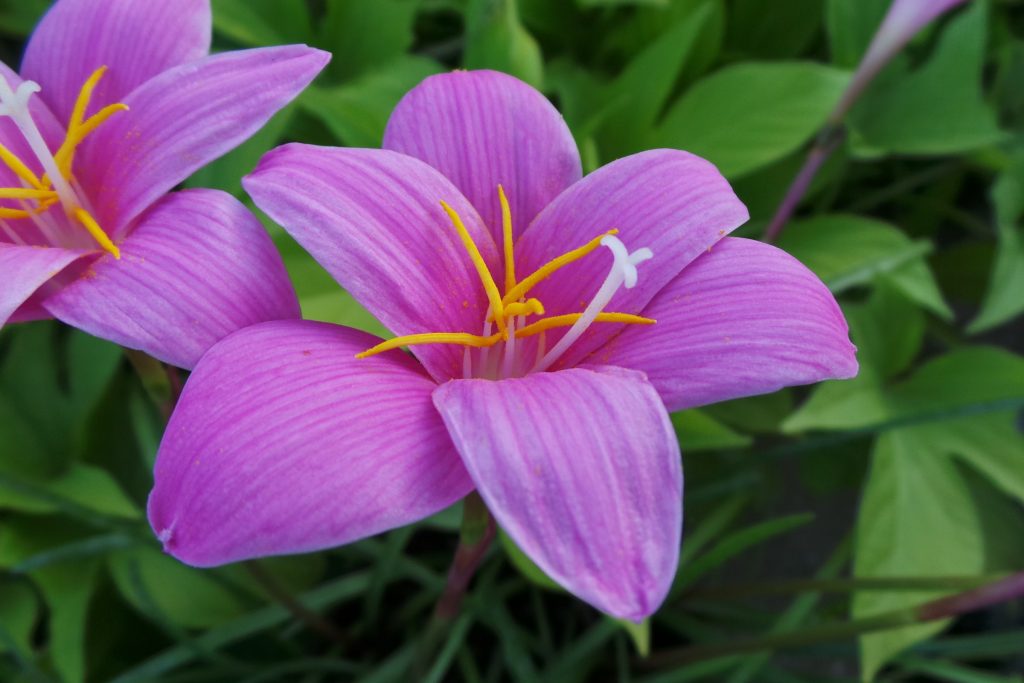 Zephyranthes grandiflora‘ loading=’lazy’ />
Zephyranthes grandiflora‘ loading=’lazy’ />
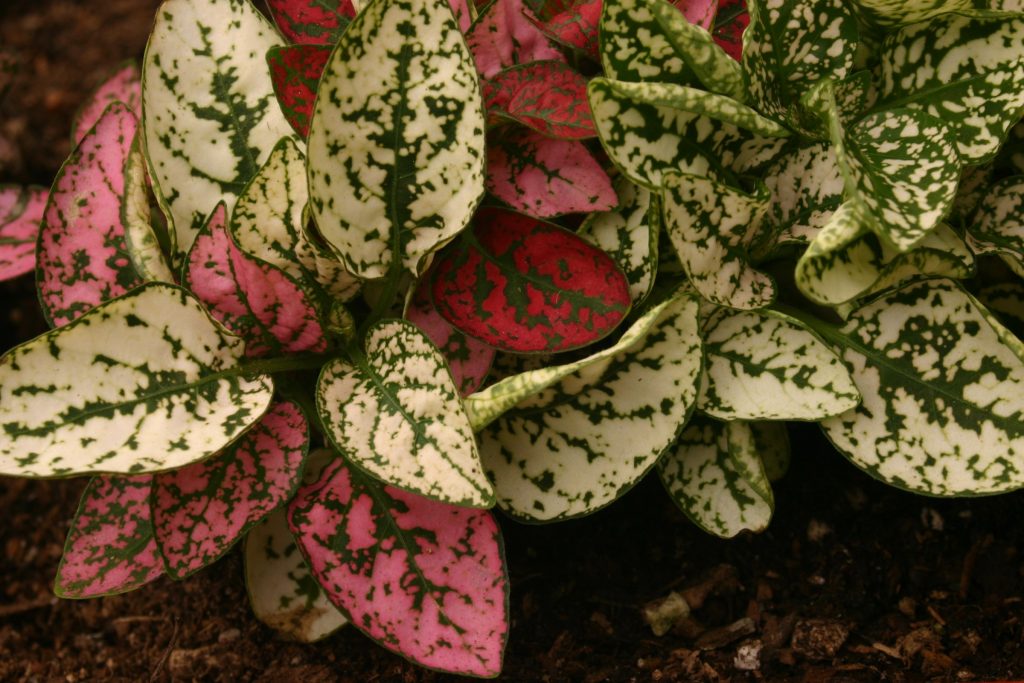 Hypoestes phyllostachya‘ loading=’lazy’ />
Hypoestes phyllostachya‘ loading=’lazy’ />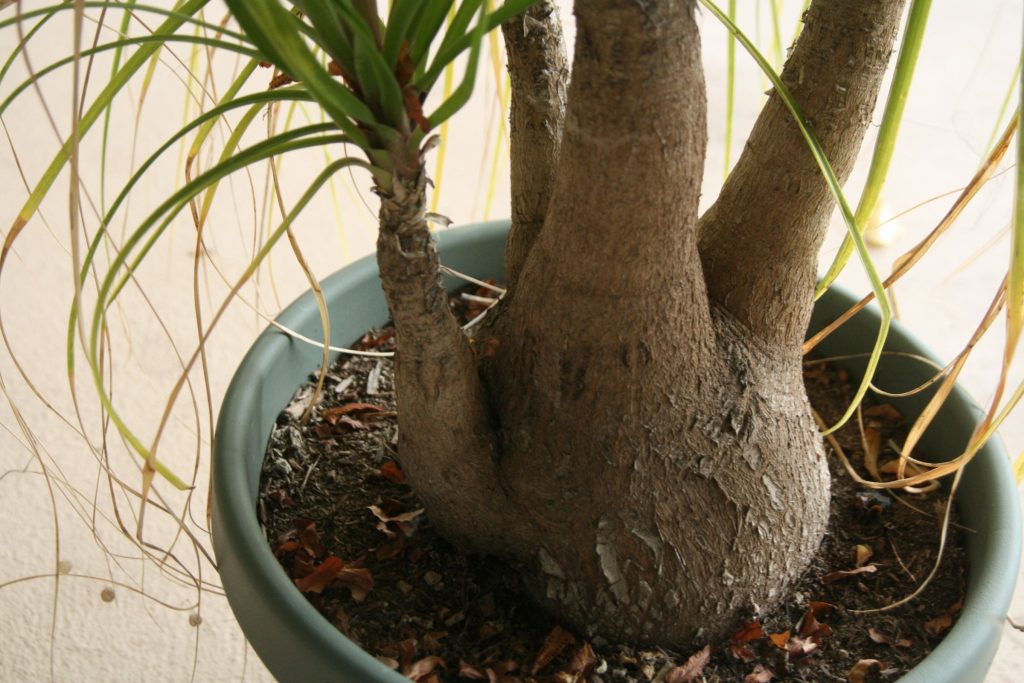 Beaucarnea recurvata‘ loading=’lazy’ />
Beaucarnea recurvata‘ loading=’lazy’ />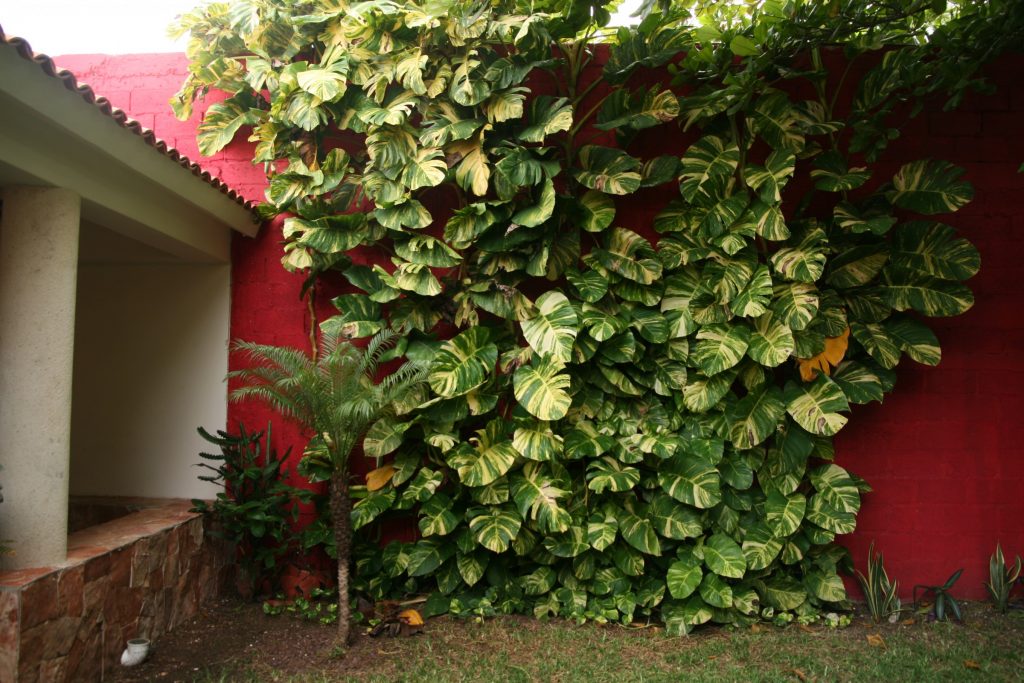 Epipremmum aureum‘ loading=’lazy’ />
Epipremmum aureum‘ loading=’lazy’ />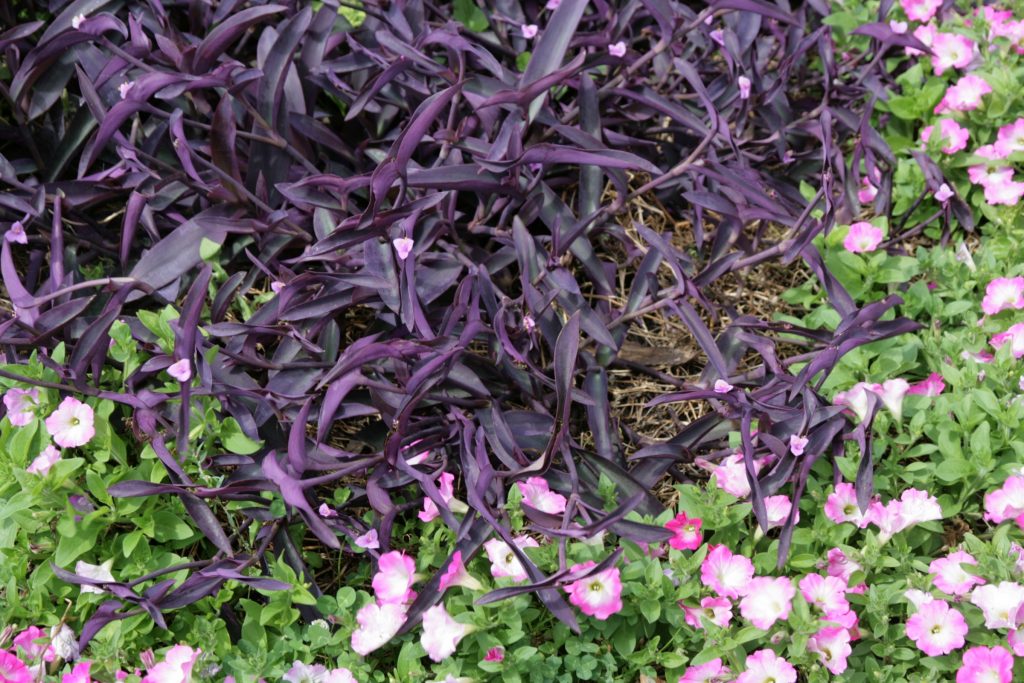 Tradescantia pallida‘ loading=’lazy’ />
Tradescantia pallida‘ loading=’lazy’ />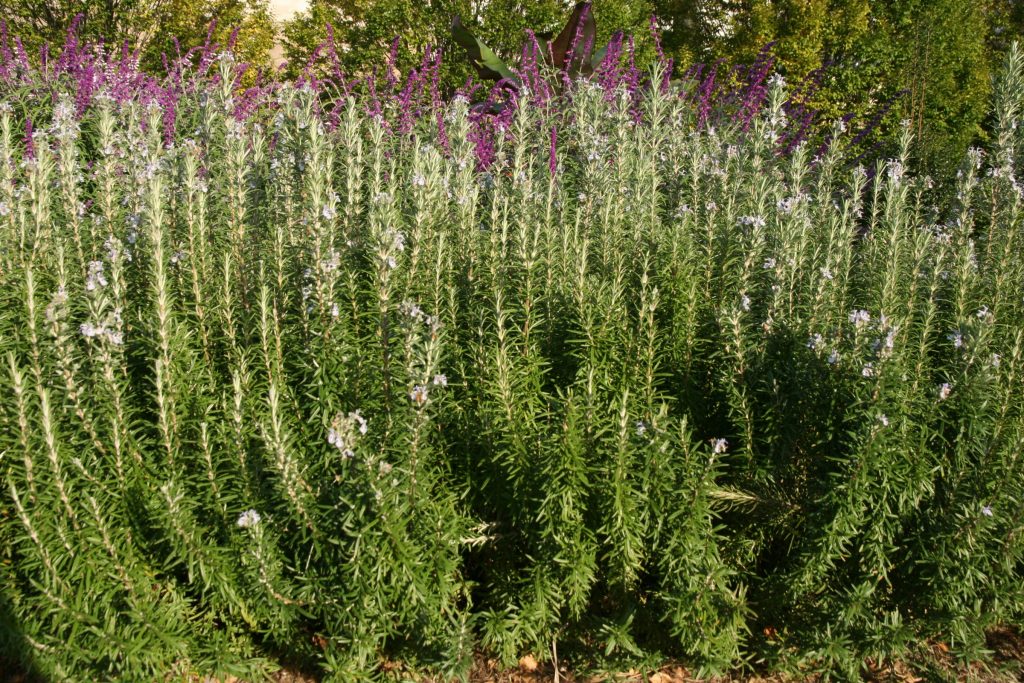 Rosemarinus officinalis‘ loading=’lazy’ />
Rosemarinus officinalis‘ loading=’lazy’ />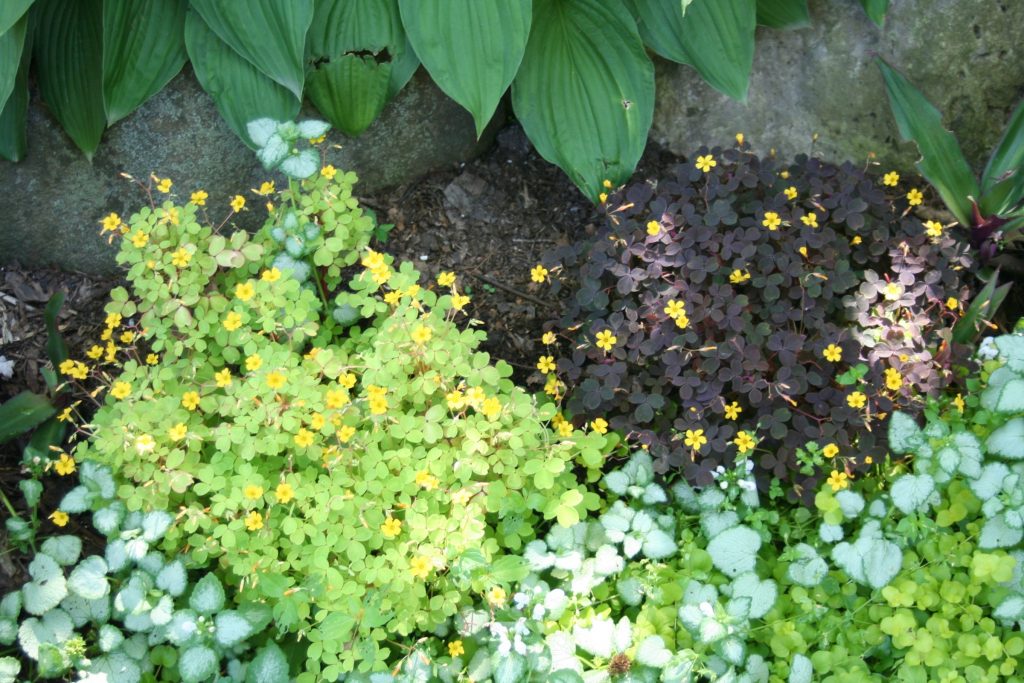 Oxalis spp.’ loading=’lazy’ />
Oxalis spp.’ loading=’lazy’ />
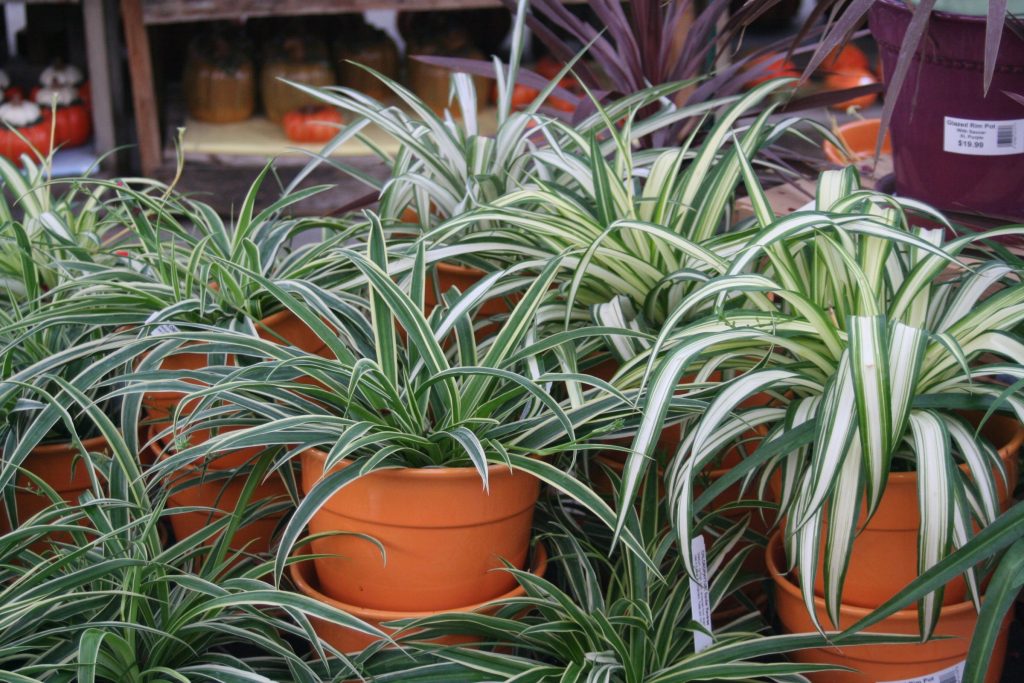 Chlorophytum comosum‘ loading=’lazy’ />
Chlorophytum comosum‘ loading=’lazy’ />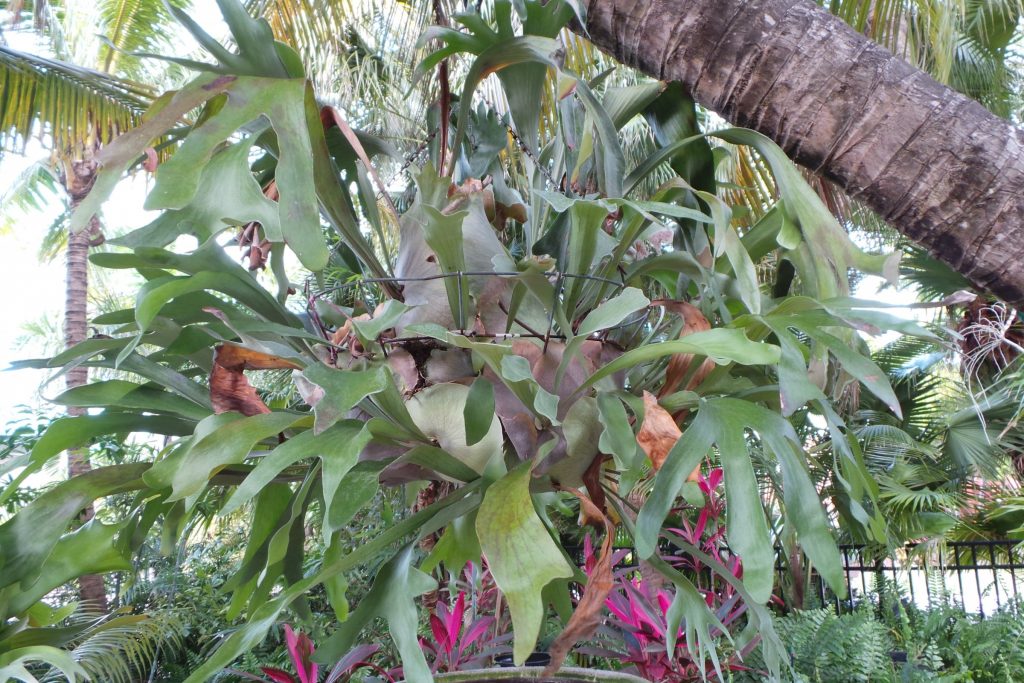 Platycerium bifurcatum‘ loading=’lazy’ />
Platycerium bifurcatum‘ loading=’lazy’ />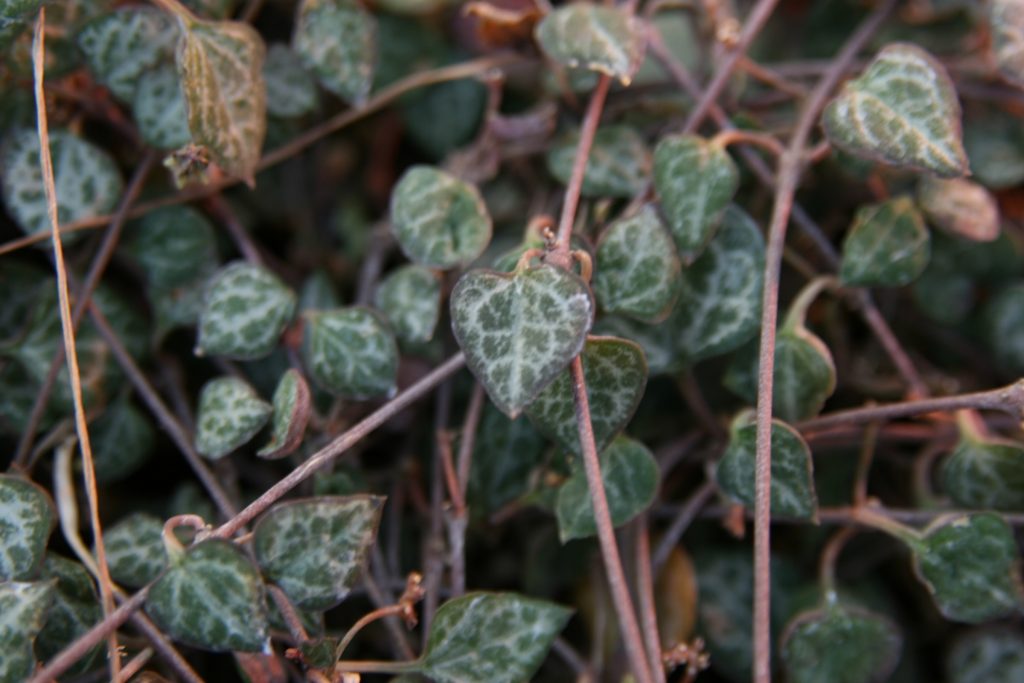 Ceropegia woodii‘ loading=’lazy’ />
Ceropegia woodii‘ loading=’lazy’ />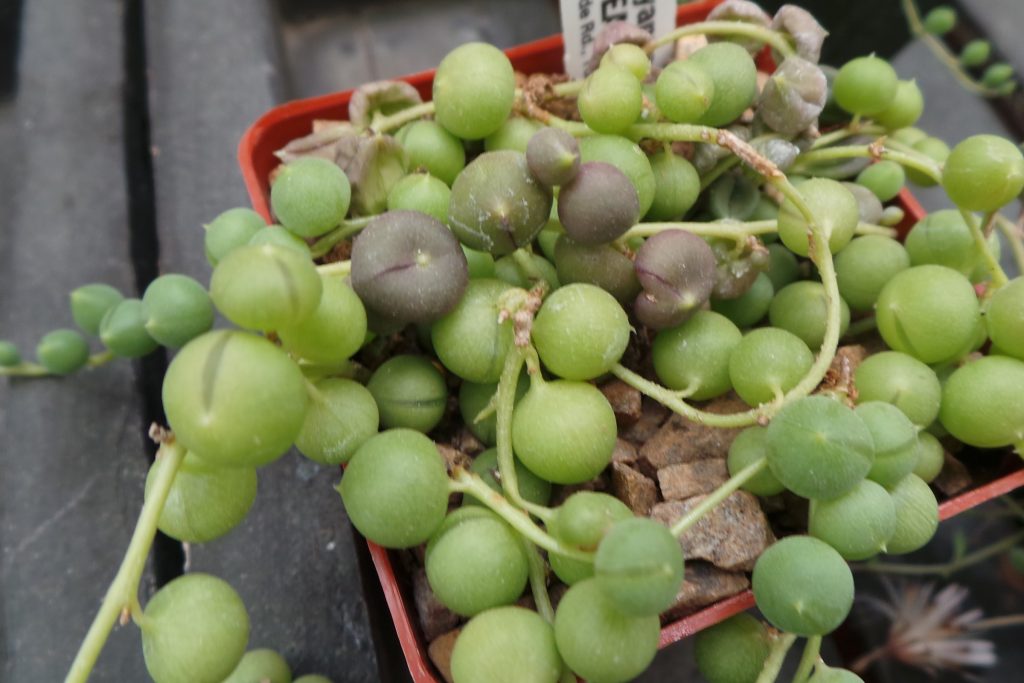 Senecio rowleyanus‘ loading=’lazy’ />
Senecio rowleyanus‘ loading=’lazy’ />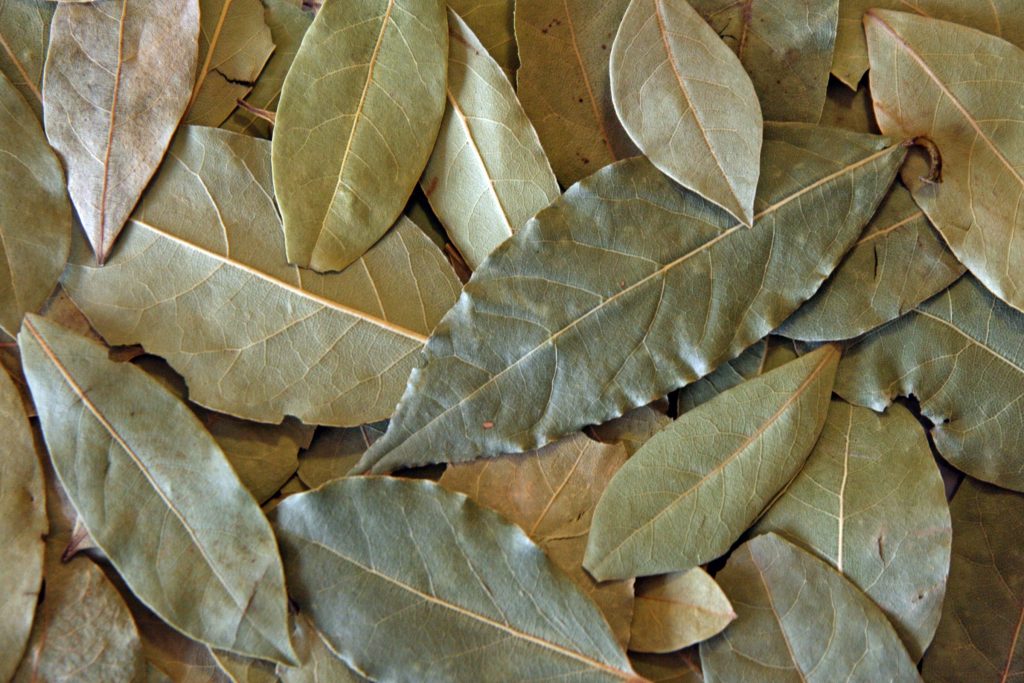 Laurus nobilis‘ loading=’lazy’ />
Laurus nobilis‘ loading=’lazy’ />